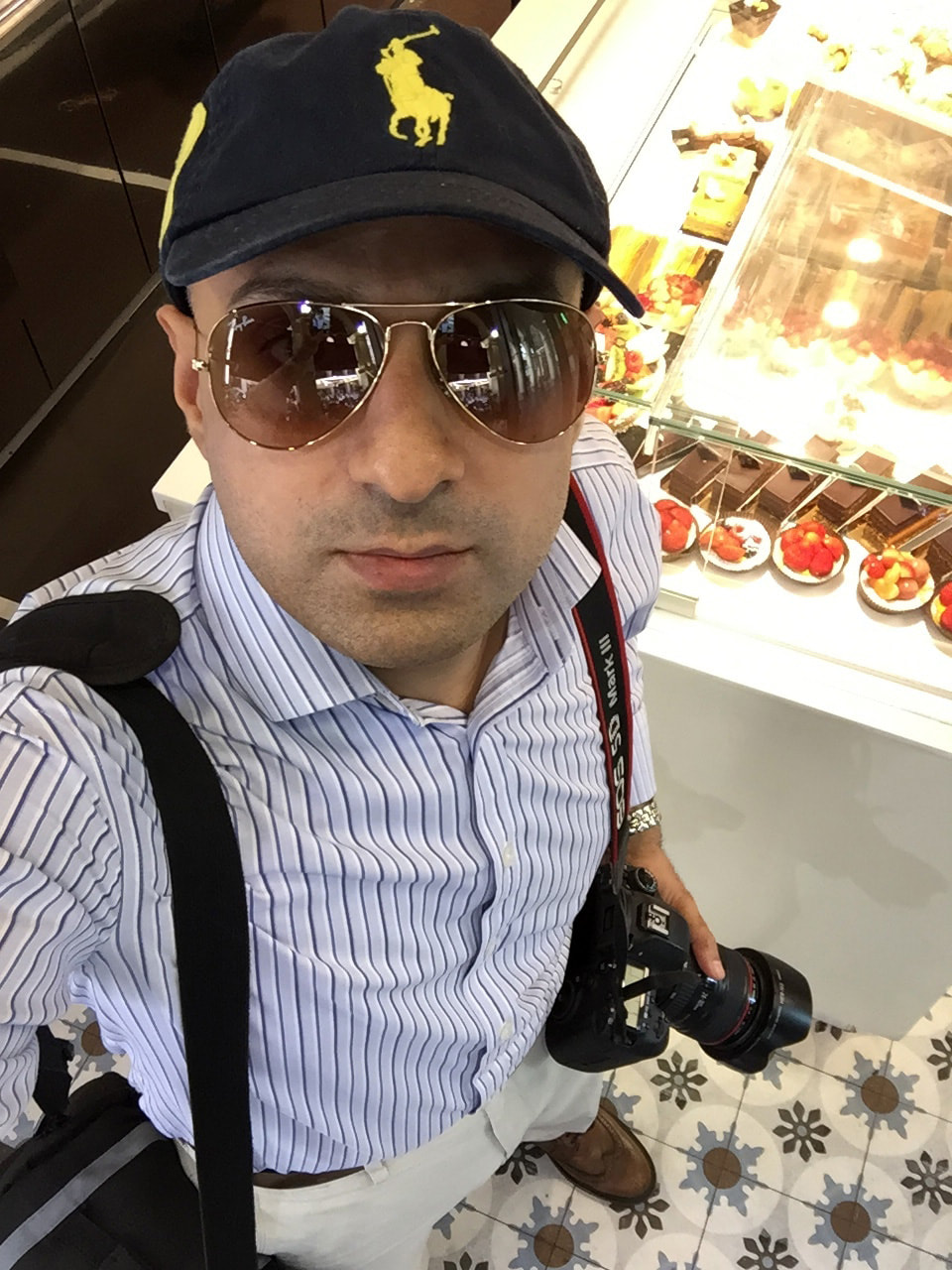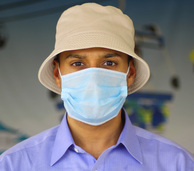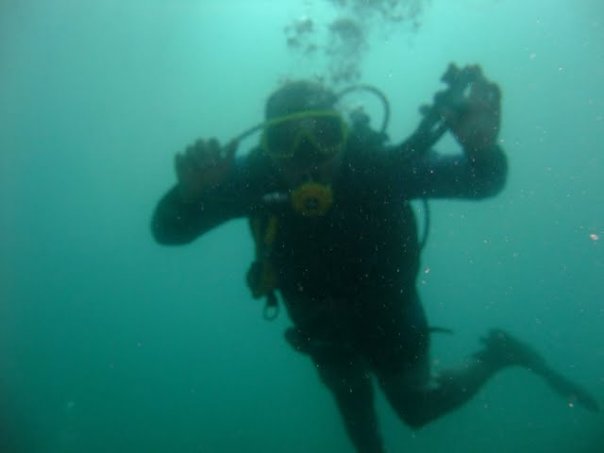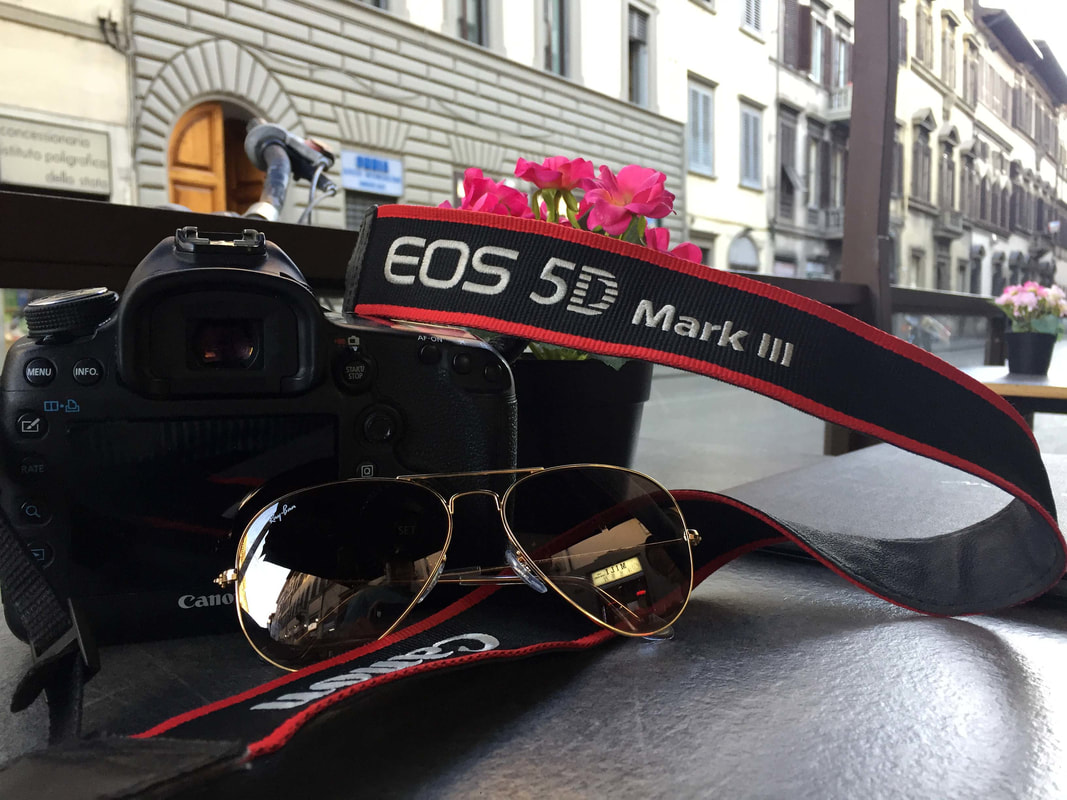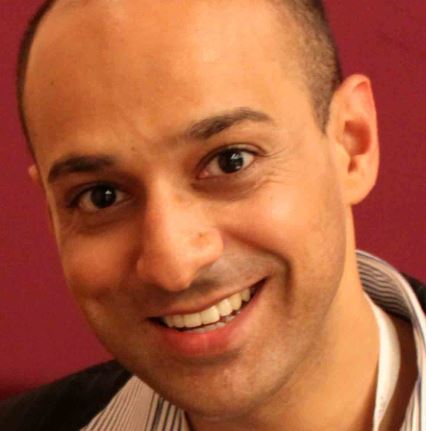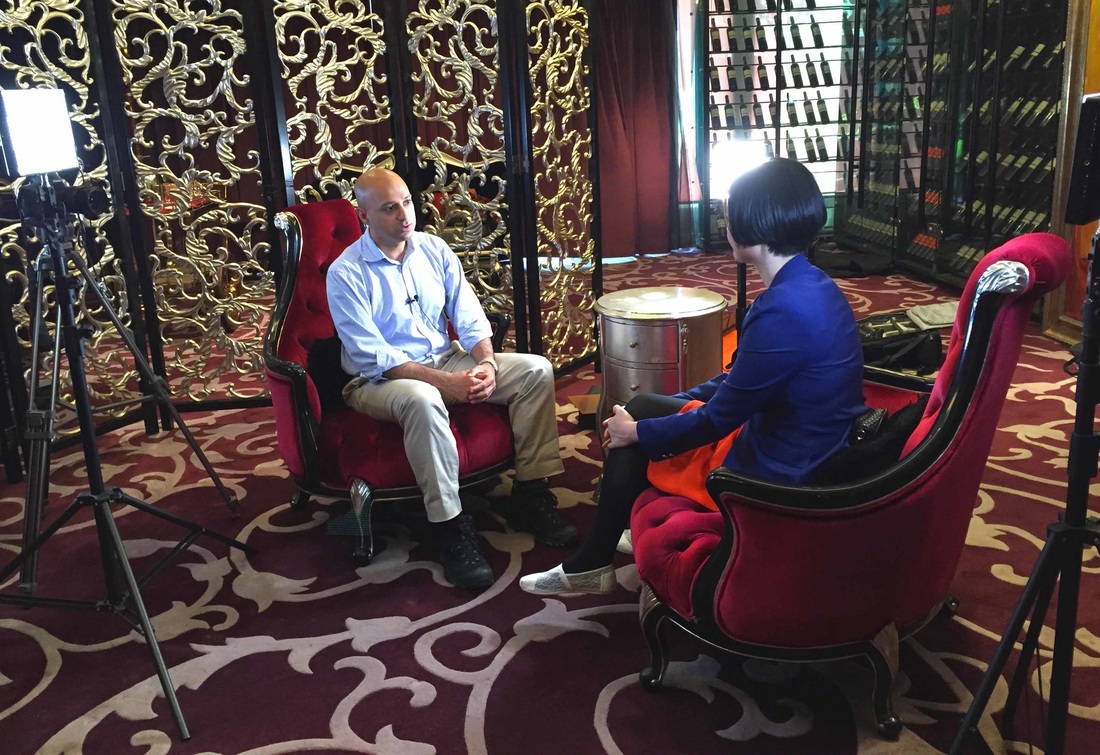|
Hotel suites have always been a decadent indulgence, whether you want lavish style or barefoot luxury, these treats offer once-in-a-lifetime experiences. The Presidential Suite at the Intercontinental Shenzhen, being the largest Presidential Suite in the city, offers no less. As China's first Spanish-themed luxury hotel celebrates its tenth anniversary in the southern Chinese city of Shenzhen, the accommodation has something special to boast about. Situated close to the city's version of Asia's Silicon Valley and surrounded by lavish man-made spacious boulevards that adorn lush greenery, the hotel sets an iconic tone. A number of things make it stand out from the growing number of five-star properties that have been adding to Shenzhen's high-rise skyline. Firstly, the hotel has a large lifelike replica of a Spanish Galleon ship, of which the mast extends over the main road. The ship houses the flagship eatery, Galleon. Then there are the views from each of the 540 luxurious guestroom and suites, each generously spaced at 50 square meters, with all the modern amenities one can wish for, including Agraria and Salvatore Ferragamo. Think jungle chic, the hotel houses a lavish man-made beach resort hideaway- a heaven for the senses slap bang in the middle of a modern city. Paul Hugentobler Regional General Manager InterContinental Shenzhen, told me that in his seven years at the hotel he has seen remarkable change, especially on how the hotel, as well as the IHG group in general, has embraced digital (all guests can order daily newspapers through apps hence saving trees), and caters to provide a luxury experience while maintaining the local environment. You can effectively feel like a king (or queen) here, with each room stunningly decorated with the emphasis made on Spanish art. F&BWith eight dining venues, each of which can be classed as a separate entity compared to the hotel itself, you'll be spoilt for choice. If you want me to describe the taste of the food at any of the eight fabulous venues, then it has to be the word fresh. Whether it is Brazilian, French, Chinese or the general cuisine at the Mercado Restaurant and Bar, the chefs are very good at bringing out the freshness of the ingredients. Some people say that Shenzhen is a cultural desert, but I wouldn't say so these days. The eateries at the Intercontinental Shenzhen bring along old cultures, old design and explosive tastes in the mouth- highly appreciated by all that come here. What also fascinates me the absolute decor of the restaurants - the decor of a restaurant can yell you a story of its own.
Shenzhen, being so close to Hong Kong and Guangzhou, has a culture nowadays that embraces change (and it has done so for many years). The locals have sophisticated palates with a taste for expensive ingredients like sea urchin or fresh sea water oysters. There is a certainly a prestige to them. Tastes do change here quicker than most other parts of the world but there are certain dishes that people always come back for. There is plenty of space here, too. Everything is just on a glandular scale. 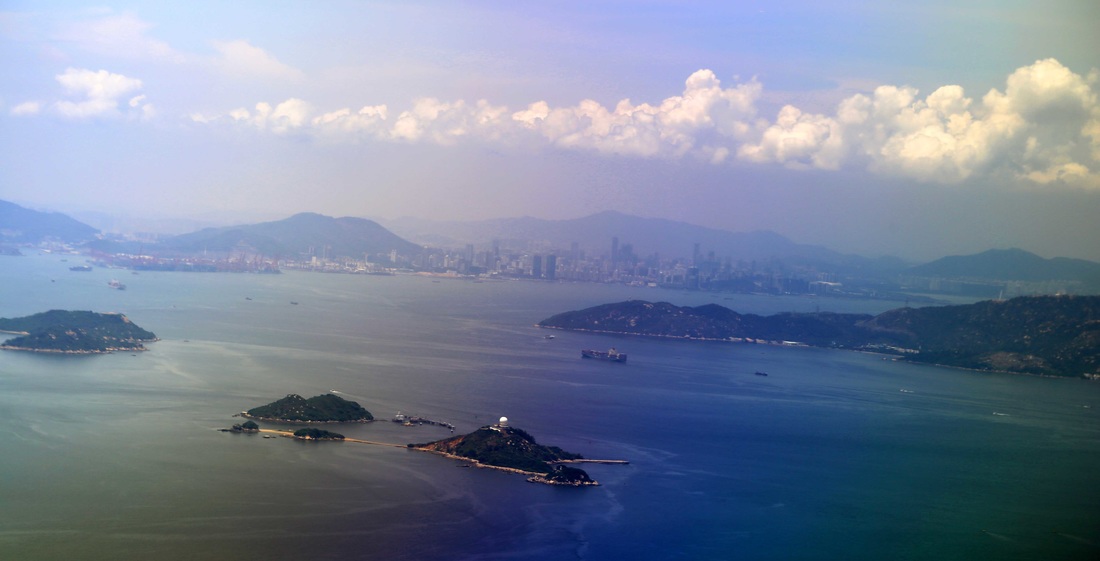 The Chinese city of Shenzhen can be seen in the background as we take off from Hong Kong Airport (heading to Kuala Lumpur). It is always a sad feeling when I leave China or Hong Kong...Shenzhen and Guangzhou have a special place in my heart. I have so many memories in these cities. With this flight, while the take-off was fine, I was praying that my ears didn't blocked again!: Photo Copyright Navjot Singh Having spent five days at high-altitude (at 3,500 meters above sea level), I caught a slight cold and a runny nose. Usually the advice from doctors is that you shouldn't fly when you have a cold because your ears are more susceptible to be blocked. On a short-haul flight from Jiuzhaigou to Shenzhen (via Chongqing), my eardrums took some battering during decent and they just became totally blocked. I couldn't hear anything.
For the first leg of the flight, I felt pretty good at altitude, however when it was time to descend into Chongqing, I experienced the worst ear pain ever. I couldn't hear anything. My head felt as if it’s in a vase, and descending increased the pressure more. Why did this happen? The key way to learn this is to know that a human head has holes in it. These holes include the eight major sinuses, which are paired in either cheek, the forehead, between the eyes, and a deeper pair far behind the eyes. Each cavity holds anywhere from a milliliter to four or five tablespoons of air. Inside our heads, each of our sinus cavities "communicates" with - has an opening to - the nose. This opening, however, is quite small and may be only one millimeter across. Under normal circumstances, this opening is large enough to let air travel freely between its sinus and the lining of the nose. As we gain altitude, the air pressure around us drops so, the pressure inside our sinuses is higher than the outside. The sinuses don't expand like a balloon does because air flows through the communicating channel to the nose, thus equalizing the pressure. The reverse happens on descent. However, the big problem here is that if we have a cold or other upper respiratory infection, the mucous membranes that line the inside of all our airways, swell and become inflamed. When this happens, the tiny communicating channels can easily become blocked. Then, pressure in the sinuses may be great enough to force air out through a narrowed channel, taking bubbling bits of mucous with it. That causes the squeaking sound we hear as the pressure equalizes. This swelling and inflammation acts like a flapper valve. It lets air out, but it doesn't let air back in. The pain was excruciating- it felt like the end of the world. To open the Eustachian tubes under normal circumstances, use the Valsalva maneuver. I did what you should do- that is to pinch my nose shut, close my mouth, and tried to exhale gently through my nose. It should have forced the pressure into both ears and I should have felt my eardrums pop. It sadly didn’t work. The pressure differential - increasing ambient pressure causing low pressure in the sinuses - can be so great that the sinus lining literally can be ripped right off the bone. For the eardrum to vibrate properly, air pressure on both sides has to be equal. The Eustachian tube connects the middle ear to the back of our throat. As we gain altitude, air can spontaneously bubble out of the middle ear. The small muscle in the back of the throat acts like a flutter valve. During descent, the muscle must hold our Eustachian tubes open, which allows air to pass through them and equalize the pressure in our middle ears. If we can't do this, the outside pressure can push the eardrum inward enough that it might rupture. And, that’s exactly what happened to me. A ruptured eardrum will usually heal on its own in two to three weeks. But I didn’t have the luxury of waiting two or three weeks at the ground. My next flight was to Kuala Lumpur in two days and then after three days in Kuala Lumpur I was expected to fly to Kathmandu (again at high-altitude), and then after a week in Kathmandu, I had a 12-hour flight to London! I decided to go and see the doctor in the Accident & Emergency department of the local expat hospital in Shenzhen, and have my ears checked out. The doctor used sound therapy to clear the ears- took less than 10 seconds and cost about US $20. Basically he pushed a tiny pipe into the eardrum and with a couple of ‘bleep’ sounds, the air was cleared. With antibiotics in hand for the next six days, the only piece of advice was: “Navjot, don’t fly for at least two weeks”. I had no choice it seems. Just hoped that it would not happen again! When I used to live in Shenzhen between 2003 and 2007, the city's Skekou area was just expat enclave for foreigners who are working in the oil rigs offshore in the South China Sea, and it wasn't developed as such. All you had in those days were the bars and pubs and the occasional Subway (the only Subway Sandwiches outlet in the whole of Shenzhen was in Shekou before 2005). Shenzhen had no metro system back then. The only five-star hotel was the Nanhai hotel (which has been bought by the Hilton now). The Minghua ship has always been there; however while before it used to house a few local restaurant, nowadays, the ship is home to a five-star hotel and trendy restaurants. The area has become a trendy lifestyle handout place, with high-end restaurants, including the exclusive Elements Fresh and a few other Western style restaurants.
There is also a metro station. It has been an absolute pleasure to be able to live in Shenzhen during its heyday of growth and see the spectacular rise of infrastructure. Truly amazing. Taking-off at night from Shenzhen on a clear day provides an opportunity to take some beautiful photos of the city. Departures towards the northern Chinese pass over Boa'an, Nanshan, before making a sharp 180 degrees turn left over Shenzhen Bay and back towards Longgang District - heading towards Dongguan and Guangzhou. There is no denying that one of my all-time favourite cities has some of the best views around, too. I enjoyed every moment of living in Shenzhen, and I hope I can come back one day to live here again. After I left Hangzhou, I decided to go and work for a company called DJI in Shenzhen for a short period as a copywriter. DJI, which stands for Dajiang Innovations, is a Chinese company founded in 2006 by mainland-China born Frank Wang Tao, after he graduated from Hong Kong University of Science and Technology, where he studied electronic and computer engineering. Wang developed the idea for the company from a research project at the university, which he effectively turned into an idea for him to get this first start-up up and running in Hong Kong. However, initially Wang's efforts went nowhere, due partly to a lack of funding, lack of government policy support and other operational issues in the city. In the process, Wang was forced to give up Hong Kong as the first choice for his start-up and later launched DJI across the border in Shenzhen. The company manufactures commercial and recreational unmanned aerial vehicles for aerial photography and videography (the question of whether they are used for military purposes has never been, and I suspect, never will be officially disclosed). Shenzhen is not only the home for DJI (whose offices are in the same building that houses the HQ of Chinese household electric firm, Skyworth), but also the hub for many other key technology businesses including Tencent, the parent of the popular real-time messaging app WeChat, Huawei, ZTE, Konka, Mindray, TCL and many other Chinese tech firms, some of which are mega household names in China. DJI's HQ building is located in Shenzhen's science tech park, Ke Ji Yuan, while all the manufacturing and product testing is completed at a factory located on the outskirts of the city. During a visit to the factory, I was highly impressed to see how neat and clean the facilities were compared to most of the Chinese factories I have seen. The staff, all of whom we were told to be highly-qualified adults, seemed to come across as being very proud and happy to work for DJI. So what is it actually like to work in DJI? While I cannot divulge much into the company's inner happenings, I would say that I had the pleasure of working with some of the brightest minds, both Chinese and International, of any Chinese company I have worked for in the past. While most Chinese companies have still a long way to go before they can class themselves as being the next Samsung, Apple, Nissan, Toyota etc., DJI on the other hand is one of the few Chinese companies which I feel is on its way of turning itself into a household name sooner rather than later. Why? Well, to start with, most of the engineers and product designers have a strong background in aerospace engineering or related subjects (some of them have no doubt been poached from Boeing, Airbus etc.), the content and video production team is made of professional writers and video editors (some of whom have a background in Hollywood), and most importantly, the PR team has strong connections with the media industry. They have certainly set the firm foundations of a long-term plan to aggressively go into a market, which is being increasingly competitive. The offices themselves are very neat and clean, and have an international/multi-national feel to them. Outside it may be Shenzhen, but inside the premises it could an office based in London, New York or any other Western city. Some of the unusual behaviour that you may encounter while working for a local company is thankfully not clearly visible (I am not going to divulge into details). Wang has been quite instrumental in securing strong financial backing from keen investors, and has made it his number one priority to really click the right buttons when it comes to digitally engaging with the consumer. They have realised that the future is mobile and that engagement through digital innovation is what is going to make DJI a leader in the technology- something that their competitors can only dream of. It was a sheer pleasure to work with some of the brightest minds in the industry. Below is a video I presented showcasing the capabilities of the DJI Guidance SDK, which was released in June 2015. Below is a video I presented showcasing the DJI Matrice 100 and Guidance, which was released in June 2015. DJI in ChernobylThere were a few interesting projects I had worked on while at DJI. One of them involved writing about DJI's visit to Chernobyl with filmmaker Philip Grossman, who is making a documentary named ‘Exploring the Zone’. This documentary is part of a five-year personal project that Philip has been working on about the area surrounding the Chernobyl nuclear power plant, where in the early hours of 26 April 1986, one of four nuclear reactors exploded creating a 30km radius zone now known as the “The Zone”. Learn More
One of my colleagues, who went with Philip to film the project for DJI, came back with a little souvenir from Chernobyl - an unused film (as seen below in pictures), which is still intact from 1986. A nice to keep gift. Making an effort to climb to the peak of Nanshan mountain (takes about an hour), is all the more worth it as it offers some of the best best views in town. I only wish I could have this lifestyle forever...you'll never need to go to the gym ever again!
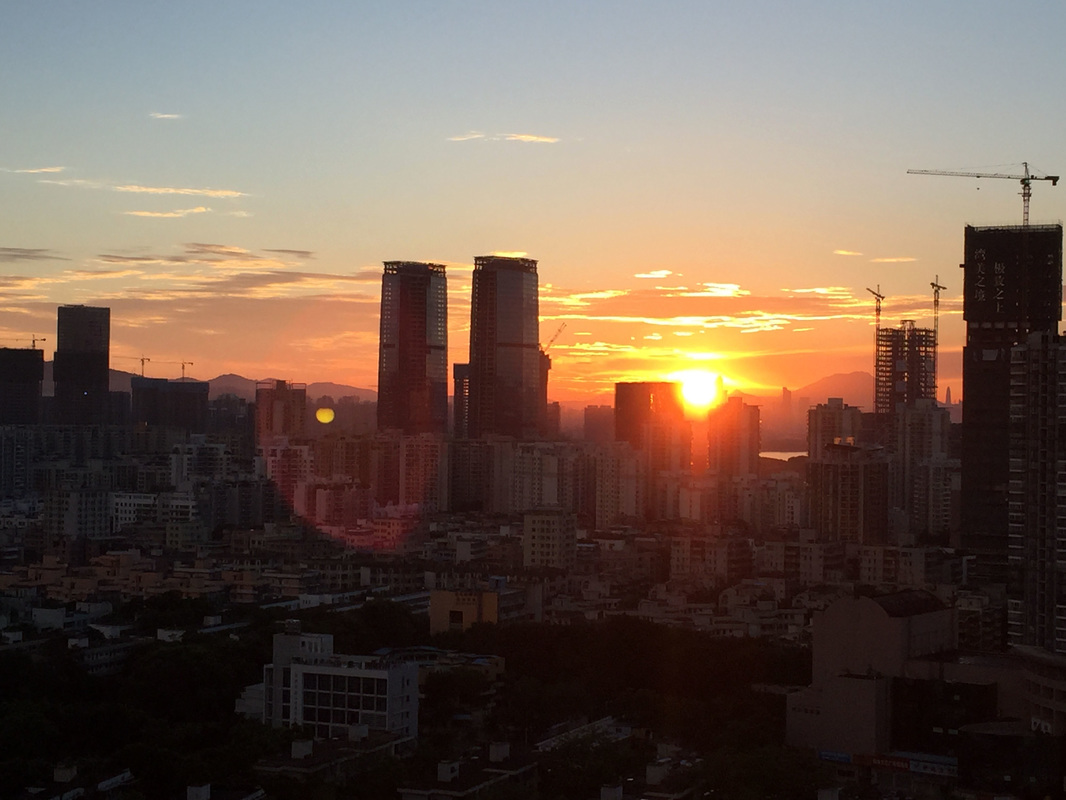 An early morning hike up Nanshan mountain (Shenzhen) not only provides spectacular views but also an awesome sunrise over the Eastern hemisphere...in the distance is Hong Hong. The mountain is next door to my home. This means I can start the hike at around 6.30am, burn the calories by reaching the summit of around 336 meters by 7.30am, and then coming down, taking a shower etc., and in the office by around 8.45am- great lifestyle!: Photo Copyright Navjot Singh |
Get in Touch:LIFE MATTERSHere I share my thoughts
and experiences during my travels, and how some things have affected my life as an expat and world traveller. Travelling is about capturing that moment in life. Every word, view and opinion on this page is that of Navjot Singh - except where indicated. The most recent is at the top. Scroll down to read the archive. Or search using CTRL+F (COMMAND + F) and enter a keyword to search the page. Just some of the stories you never heard before. The NAVJOT-SINGH.COM web blog is separate to this web site....Click blog, which may not be visible in some countries due to local firewall restrictions, so in those cases this weblog may be read. The weblog also includes some of my press trip reports- most of which are not published on the official blog because of copyright issues. The weblog also contains articles that may be associated directly with a PR trip for a country, airline or a hotel. These are PR reviews done in relations with various companies. If you are an investor or a trend watcher then you may find this website useful as investing has a lot to do with personal observations and finding the ideal trend or next big thing. The average human on the street frequently knows far more about the state of the economy than politicians, university professors, subject matter experts, and financial analysts who seldom travel, or if they do so, only from one hotel to another hotel! The pulse and vibrancy of an economy is nowhere more visible than on a country's streets. All photos and words are © Navjot Singh unless stated. Photos taken by others or by agencies are appropriately copyrighted under the respective name. No photo or word/s may be taken without the prior written permission by the author (i.e. Navjot Singh). All Rights Reserved. Archives
April 2024
Categories
All
|
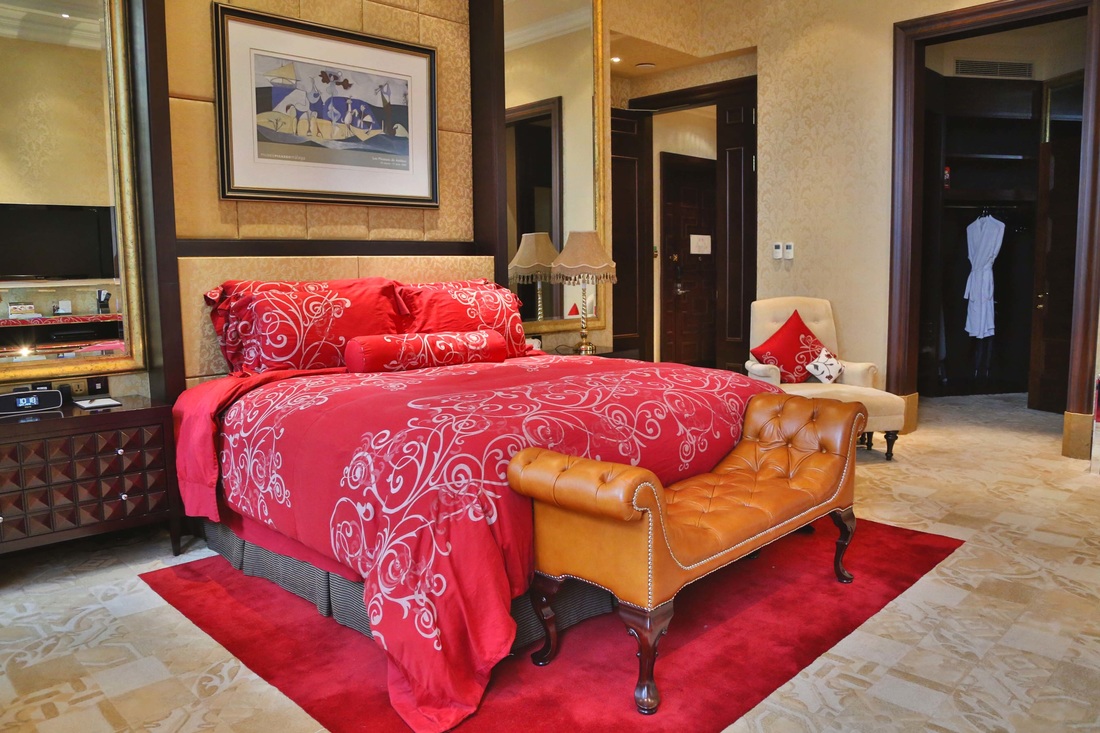
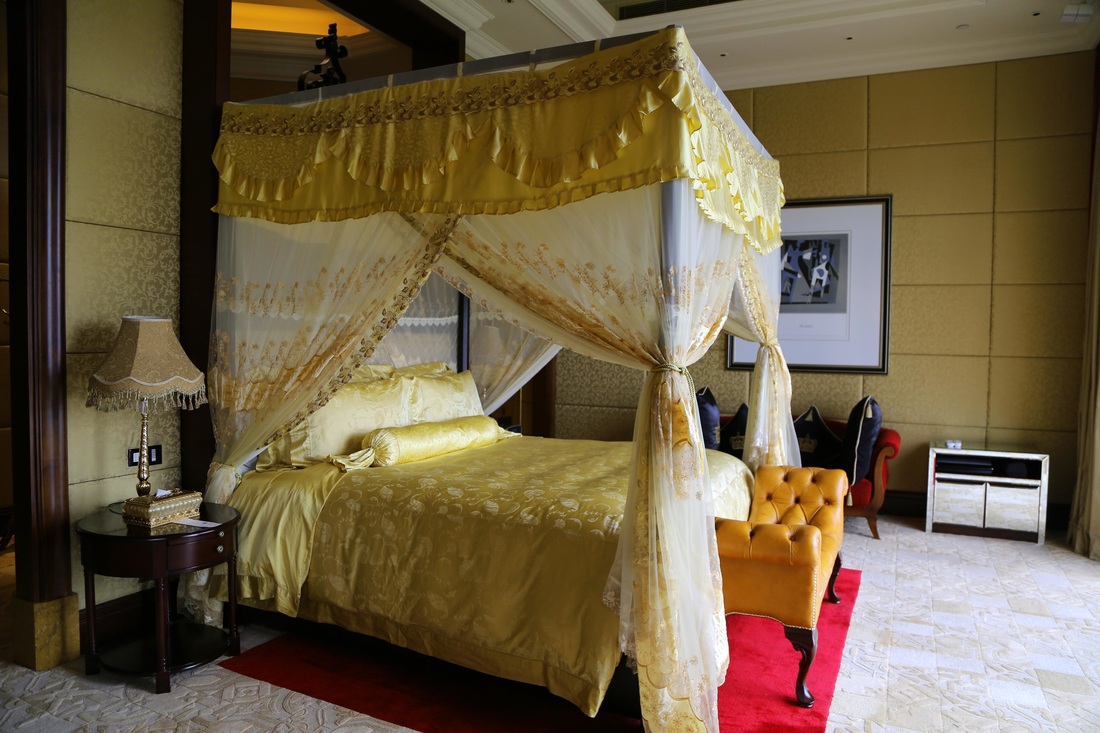
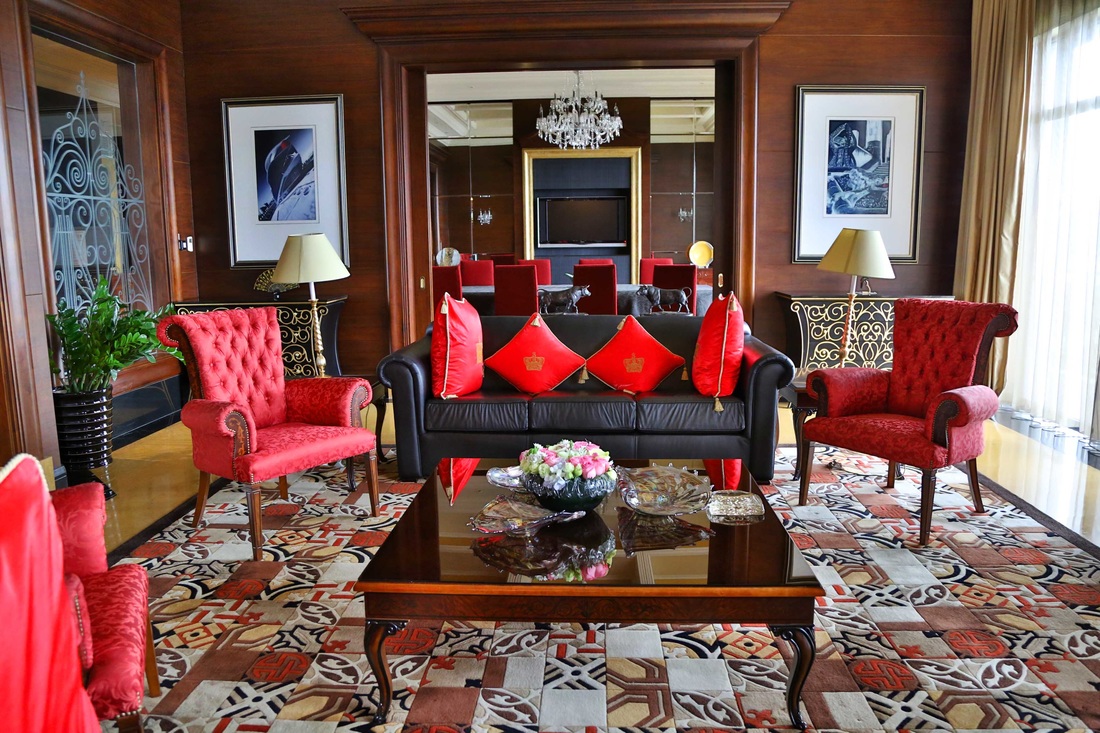
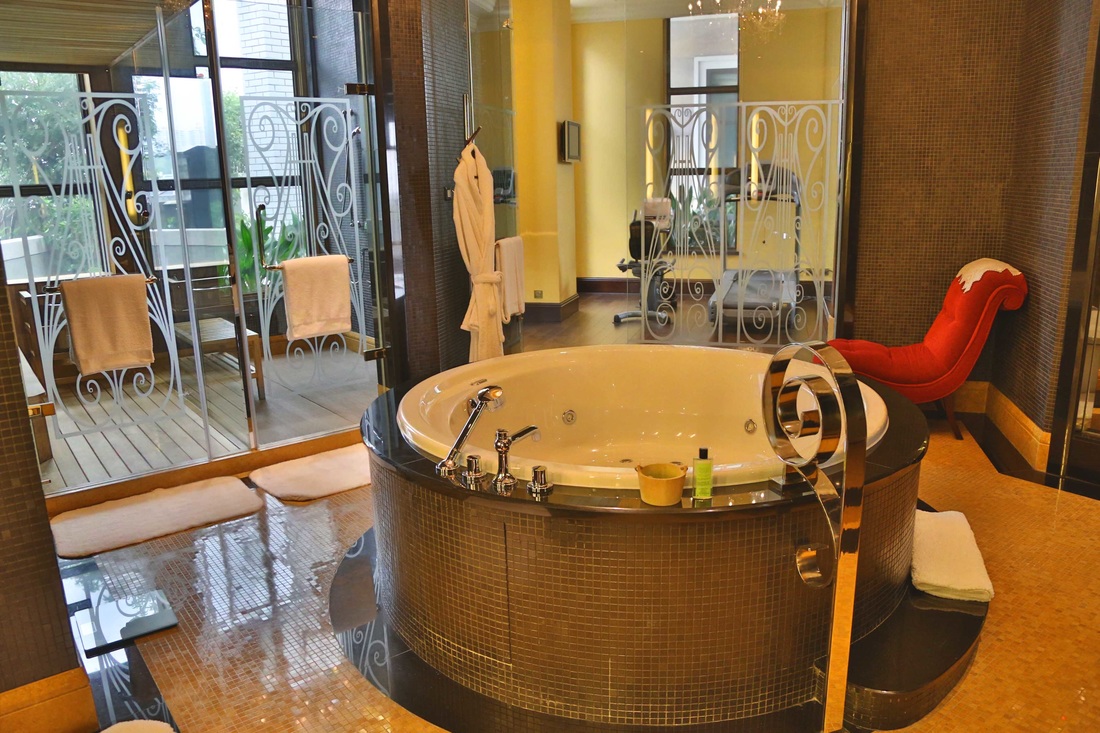
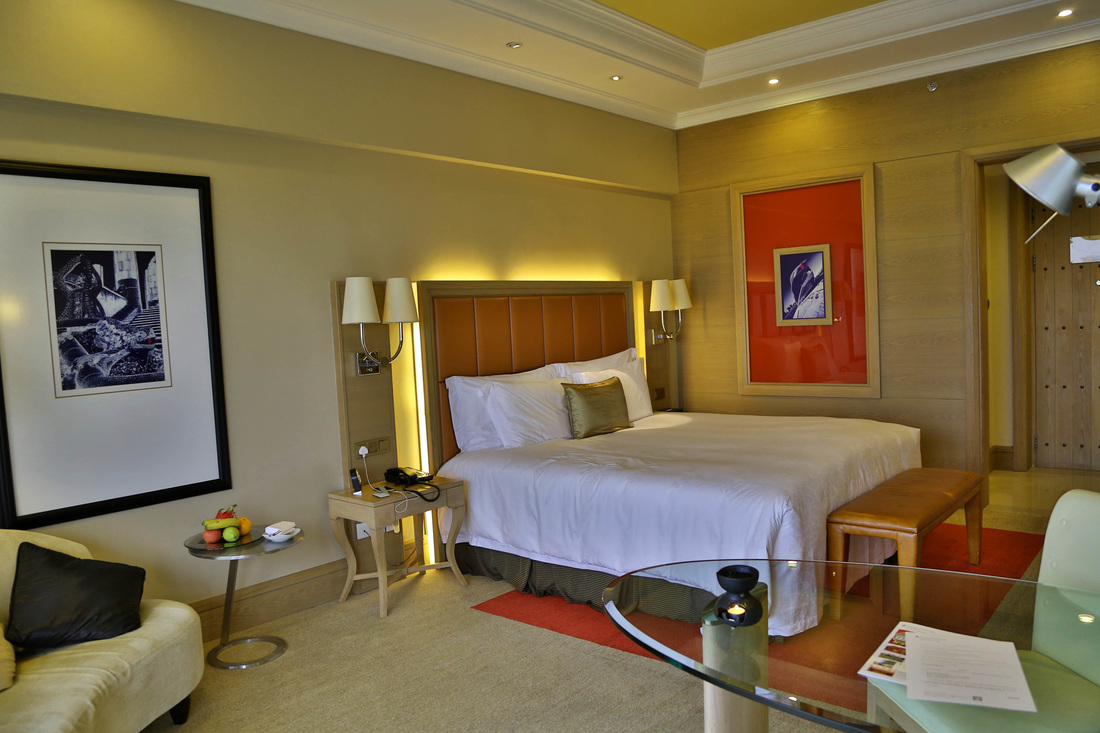
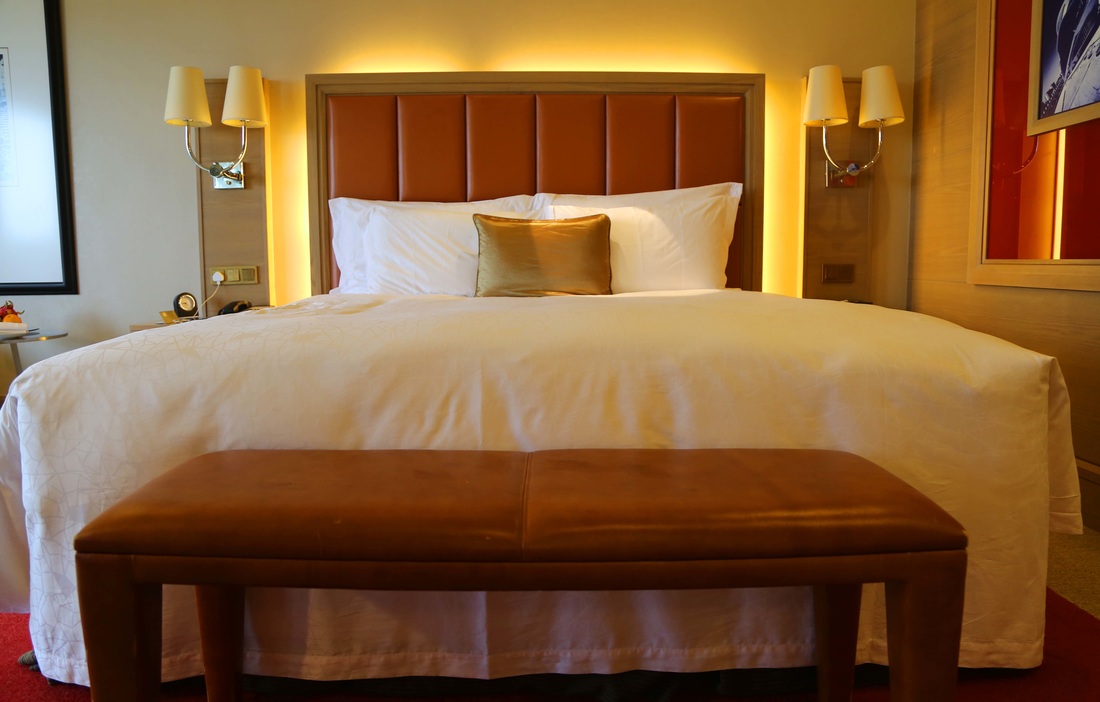
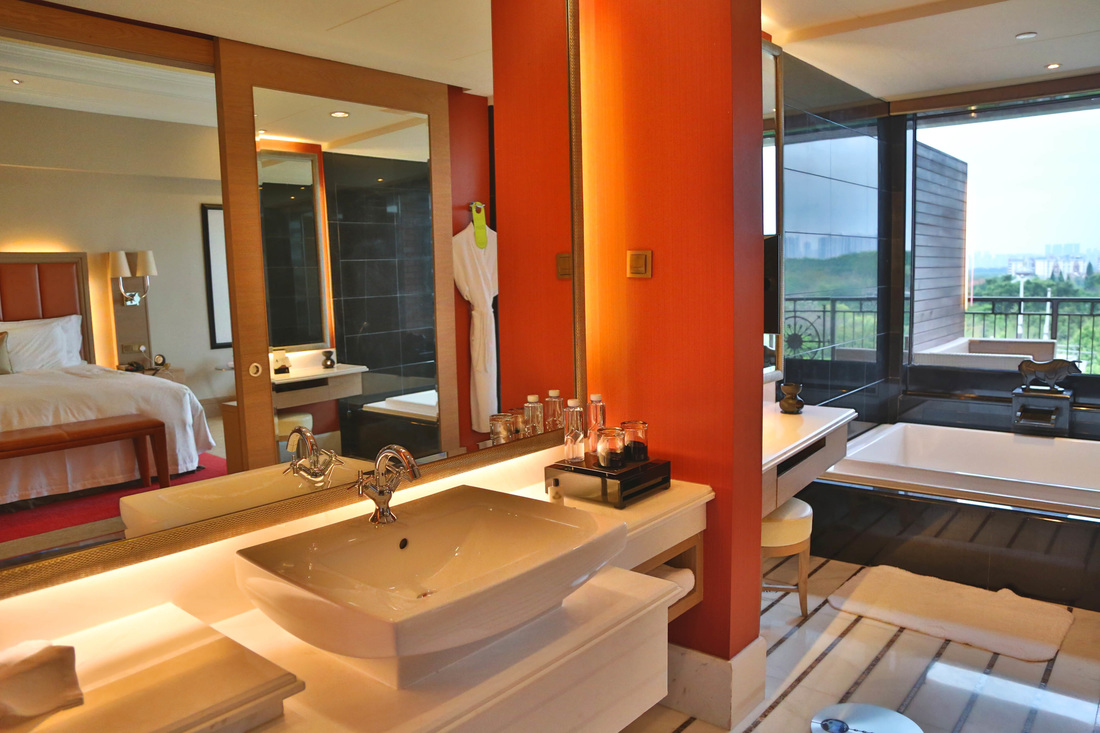
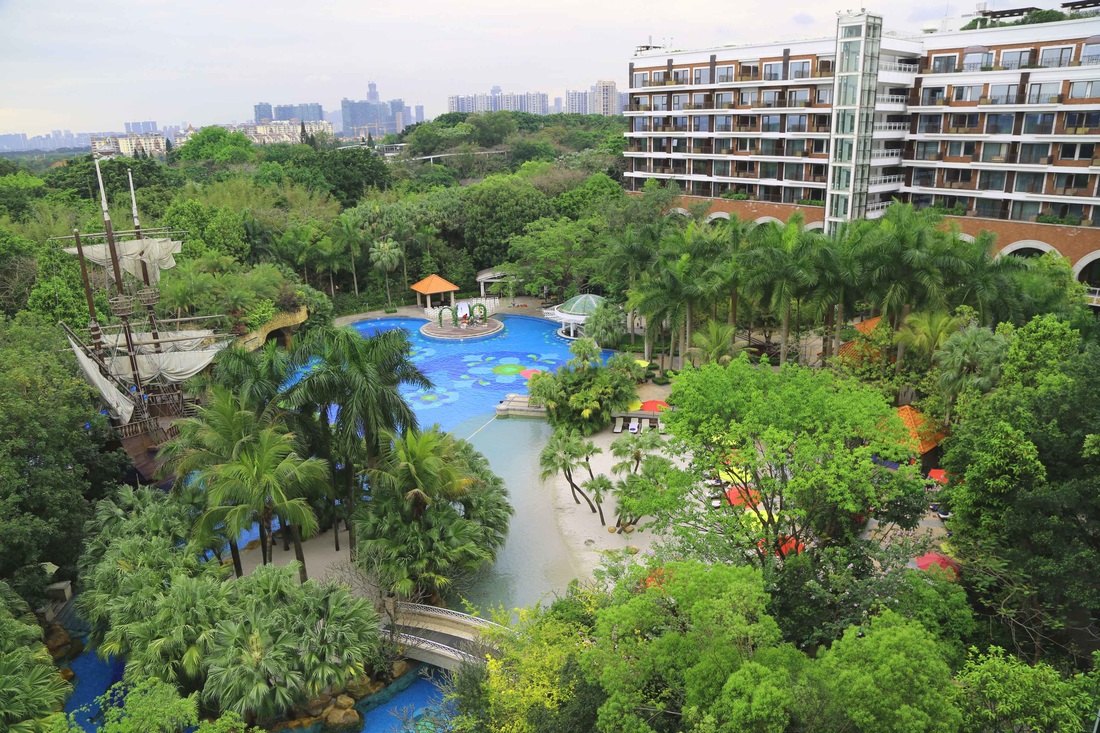
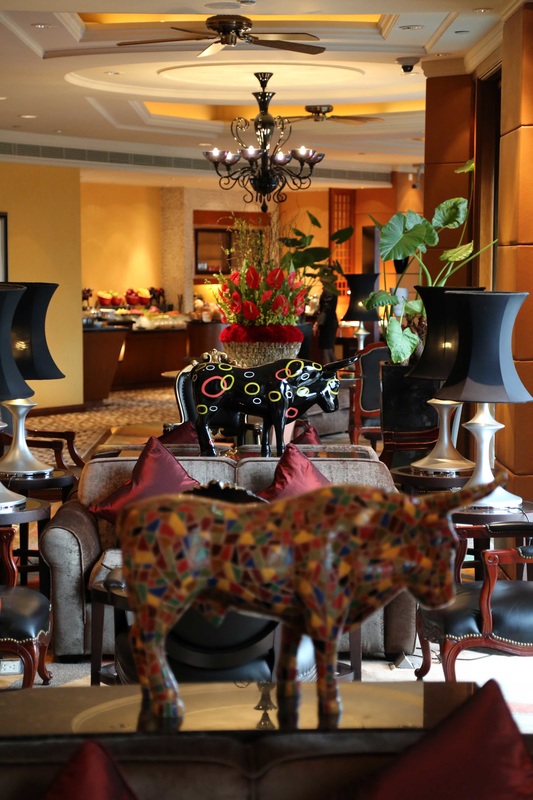
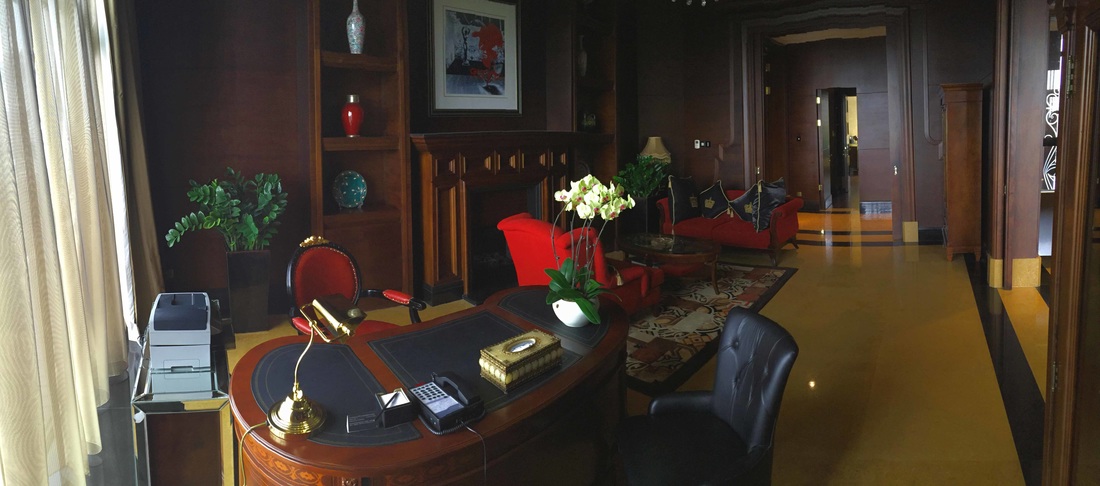
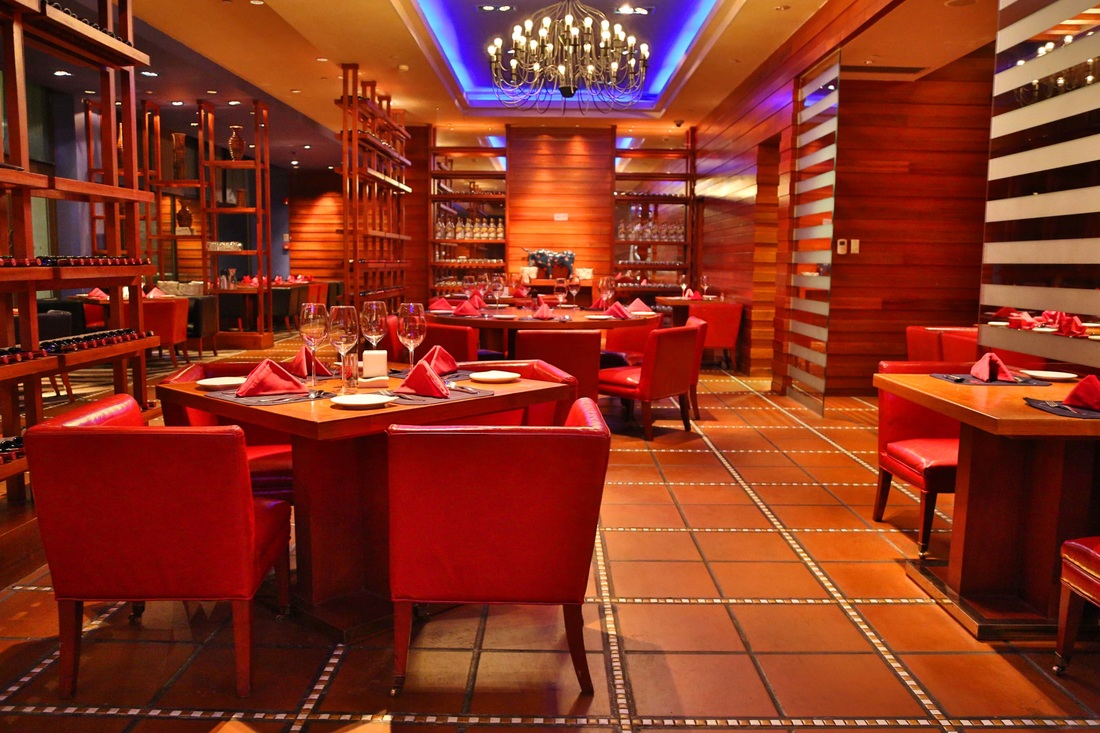
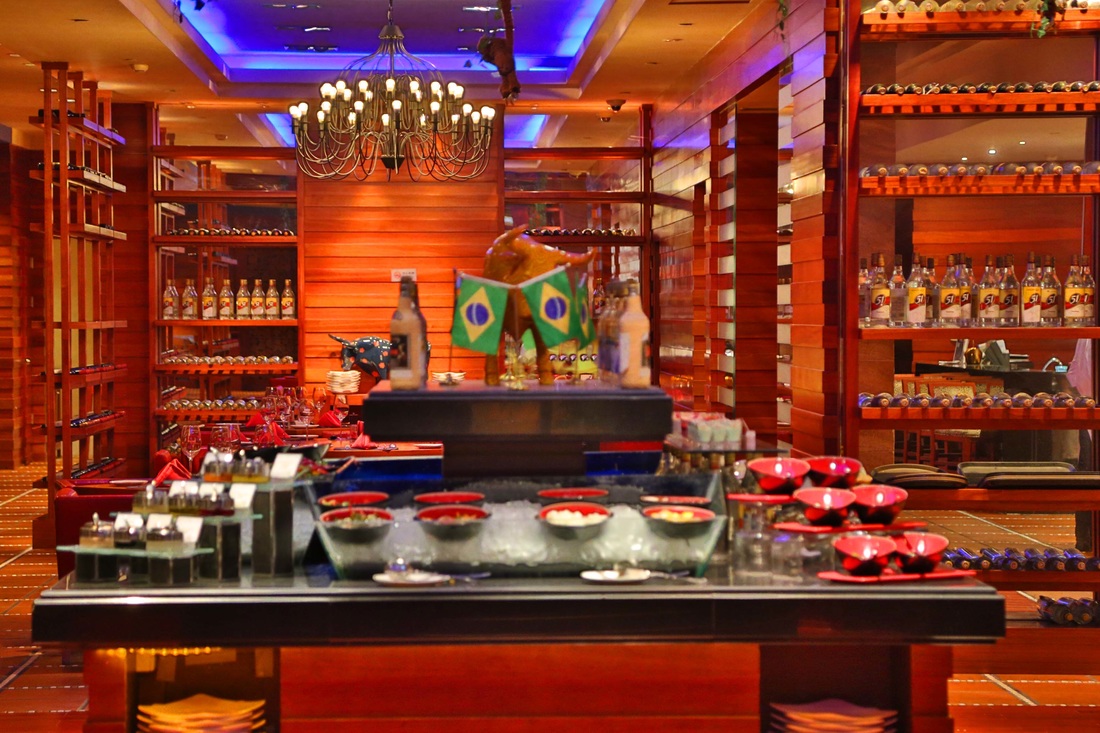
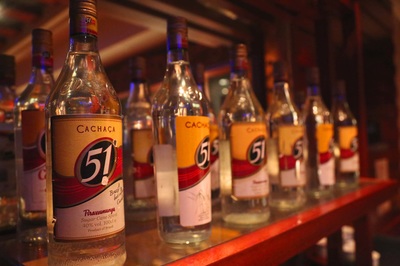
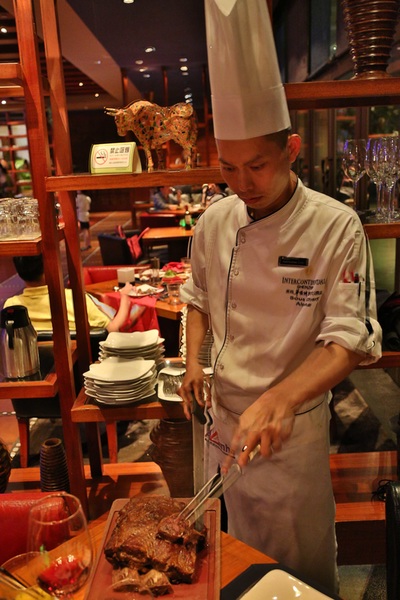
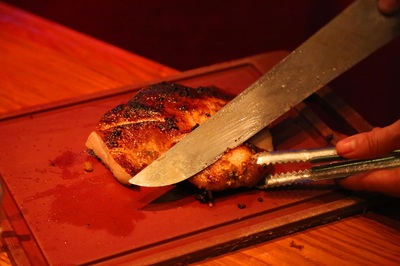
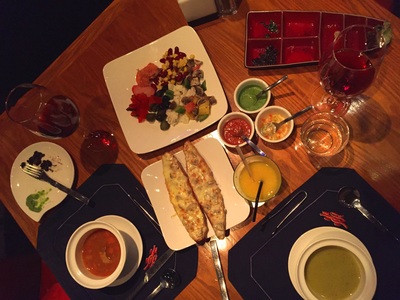
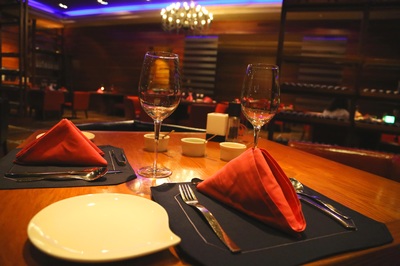
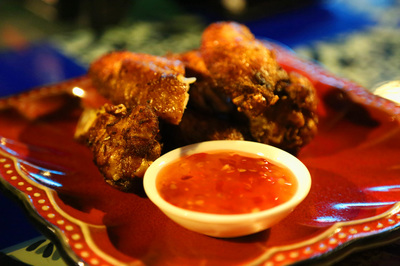
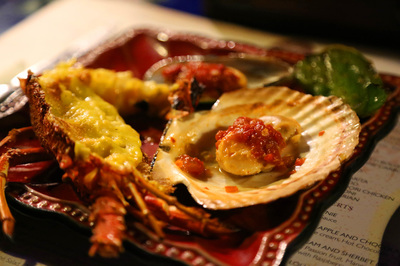
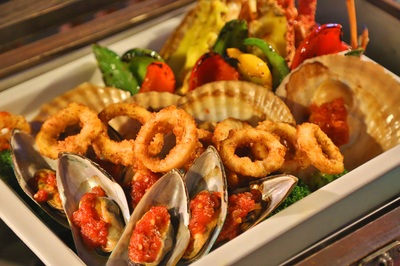
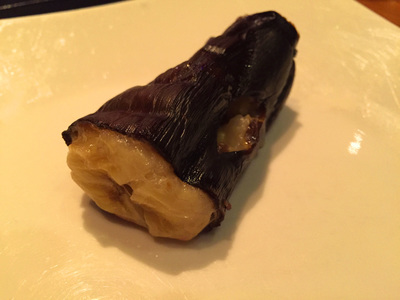
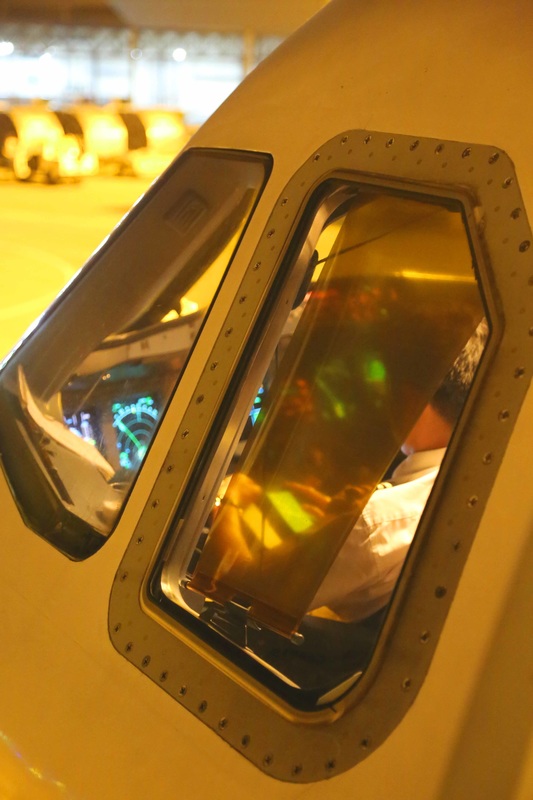
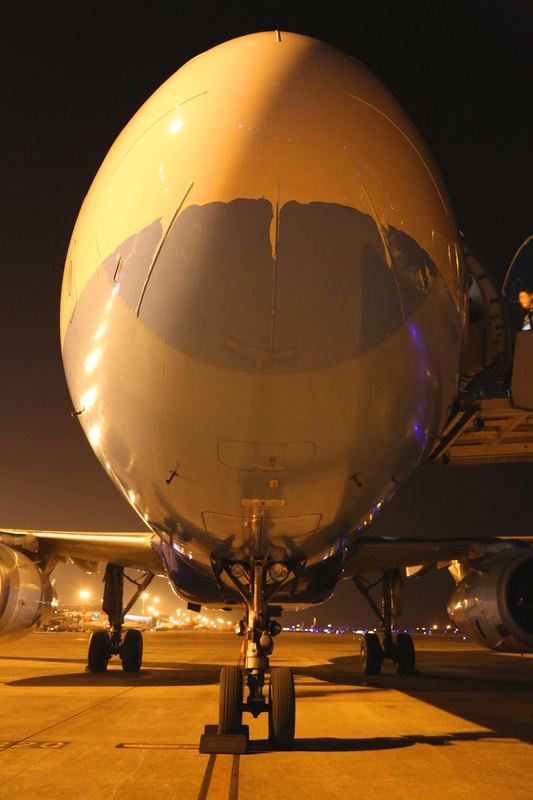
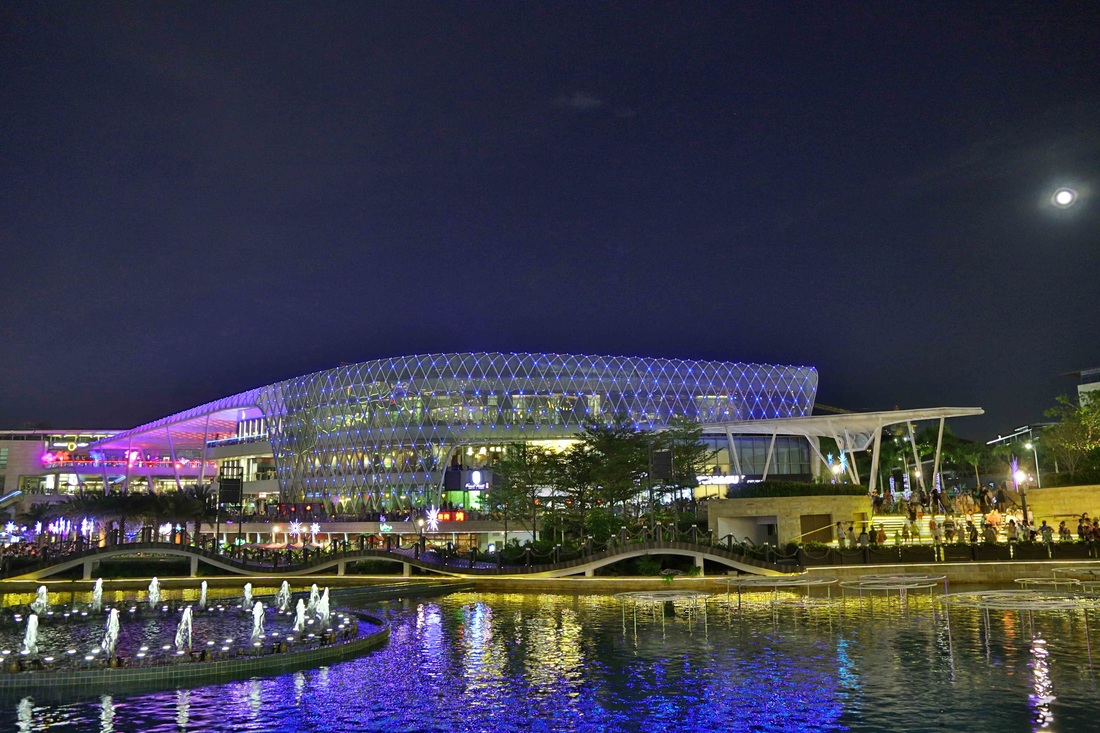
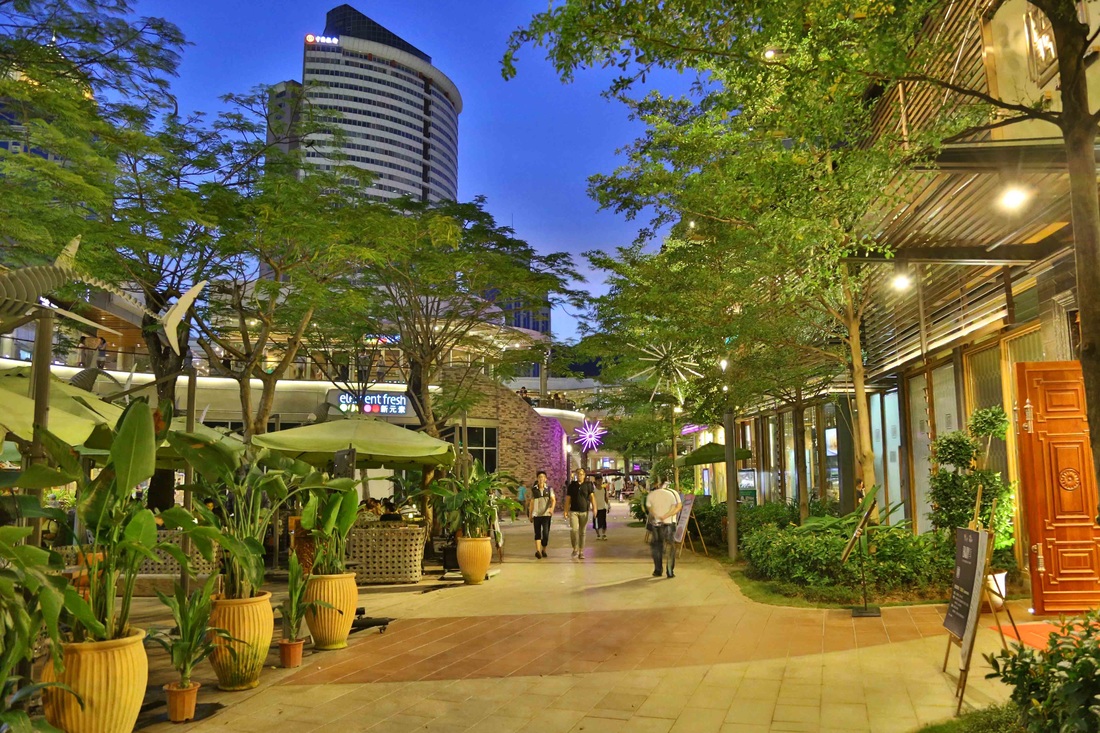
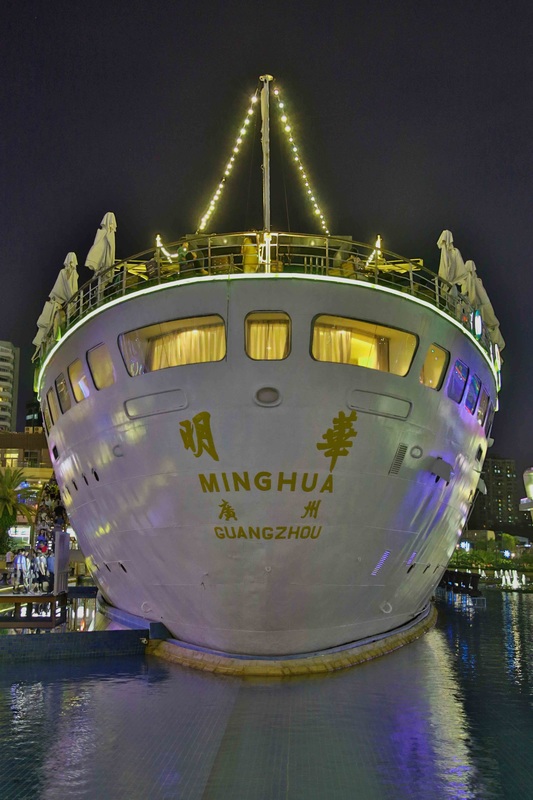
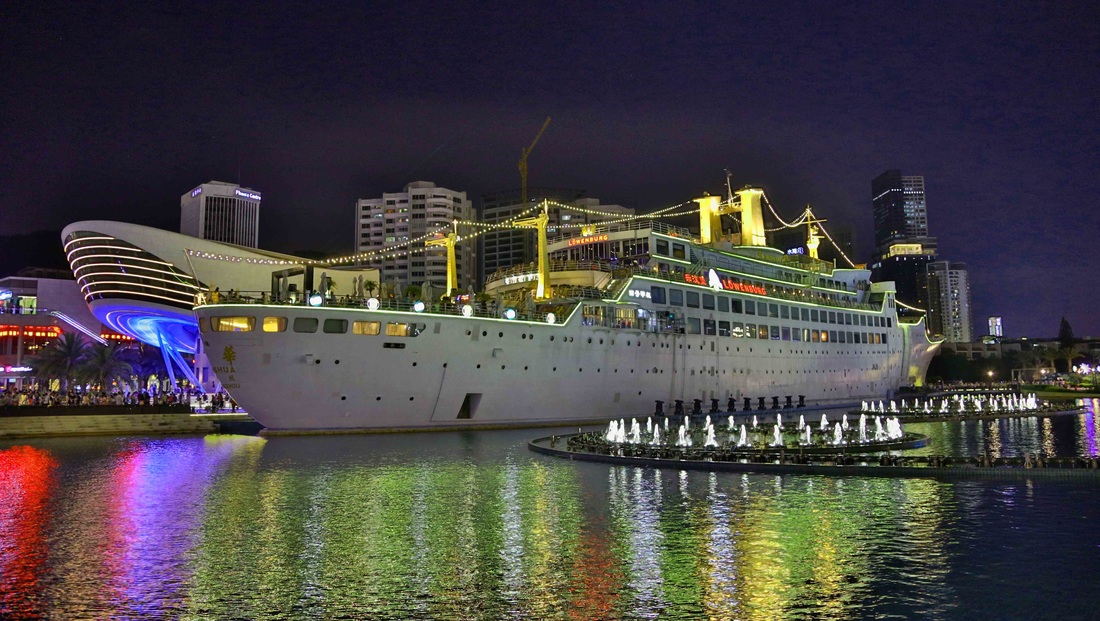
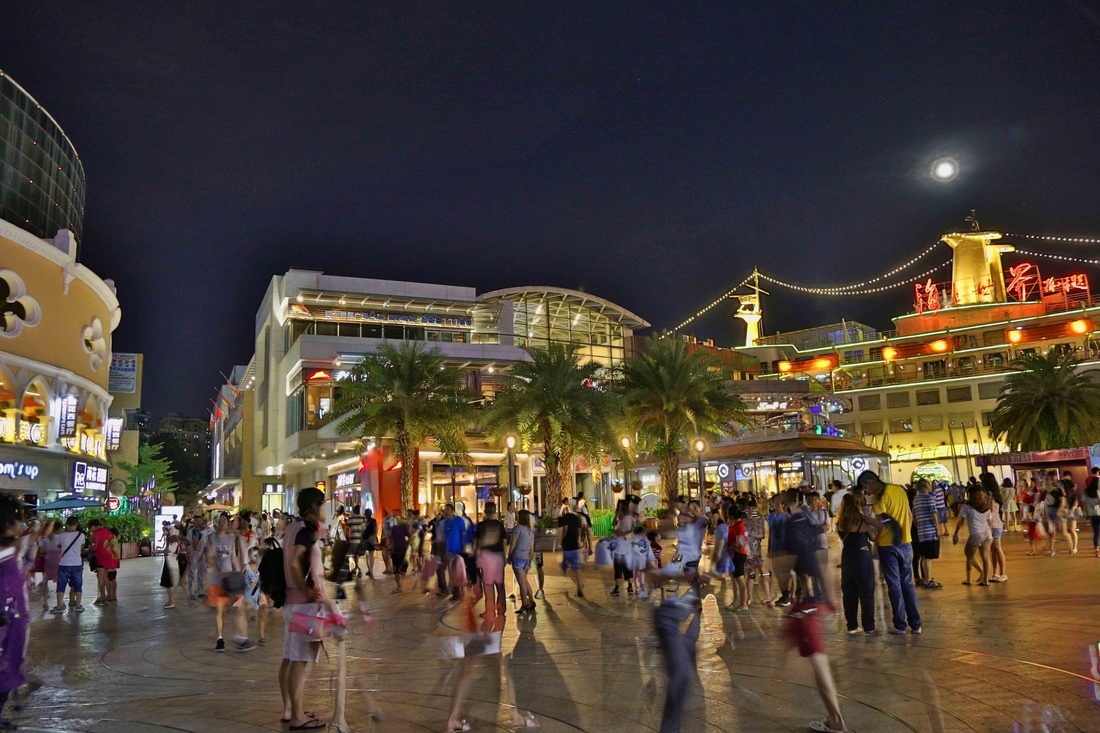
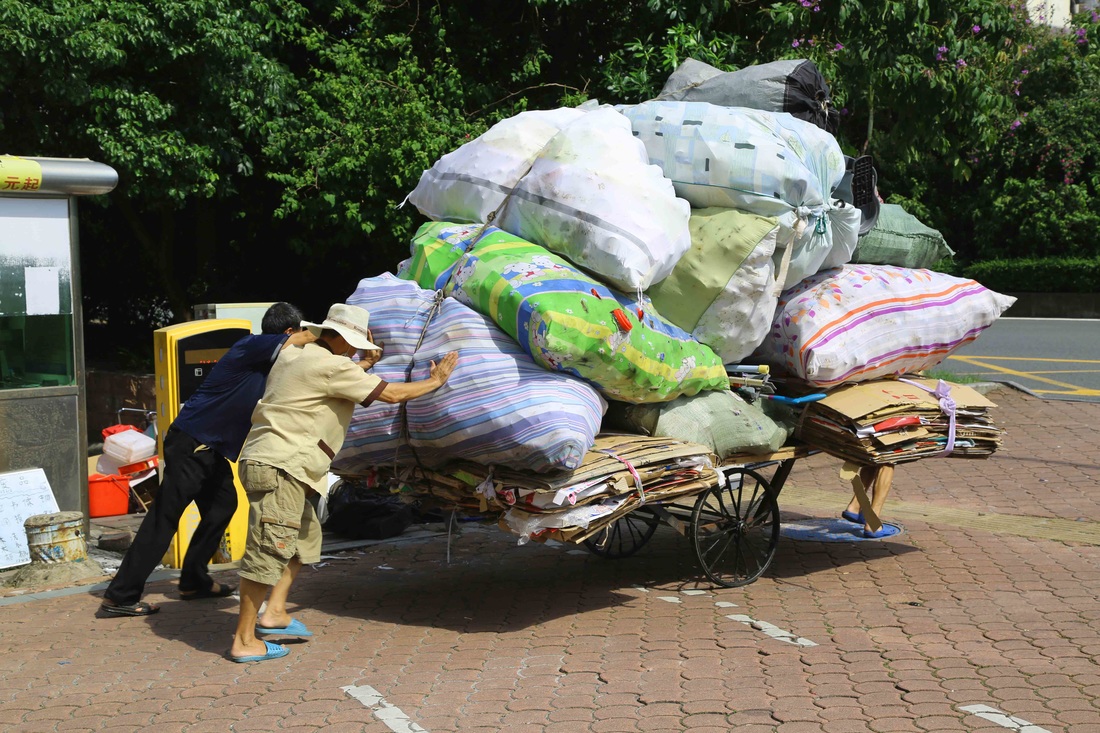
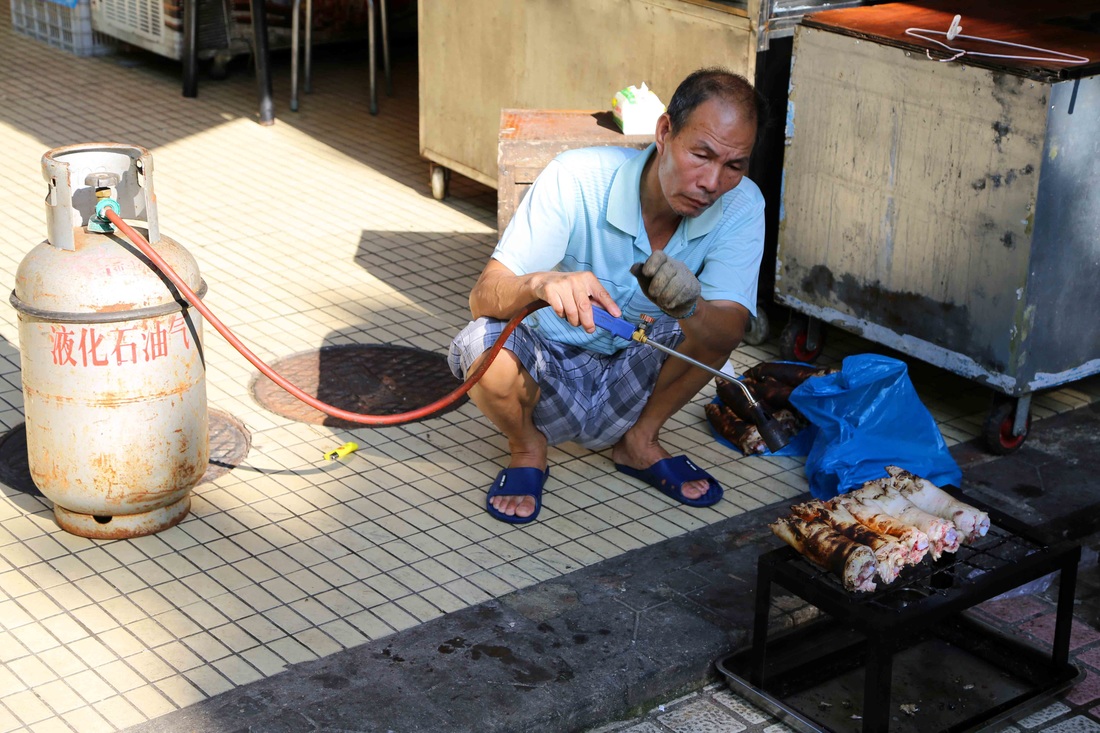
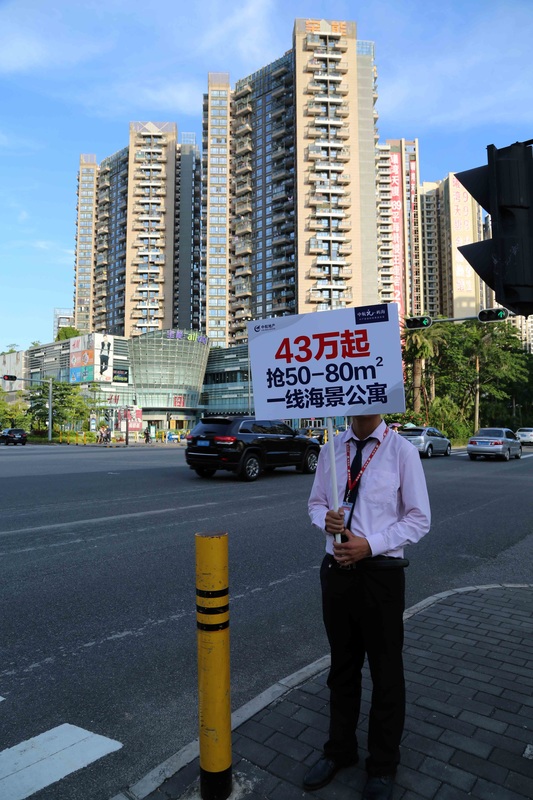
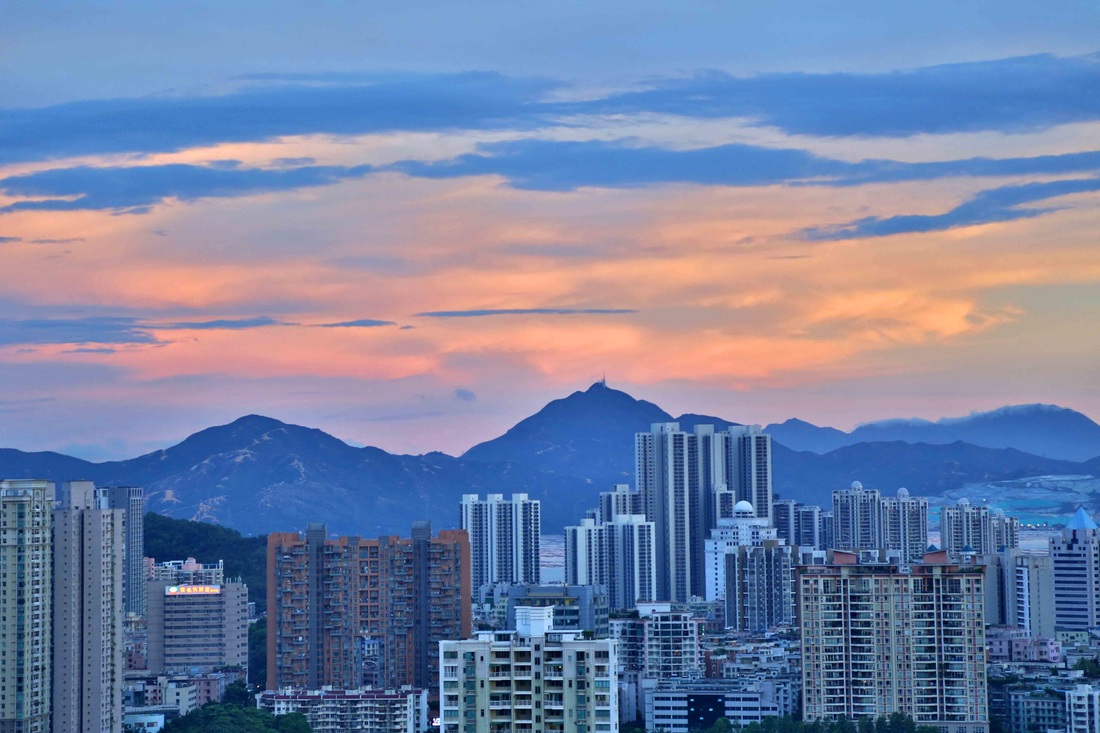
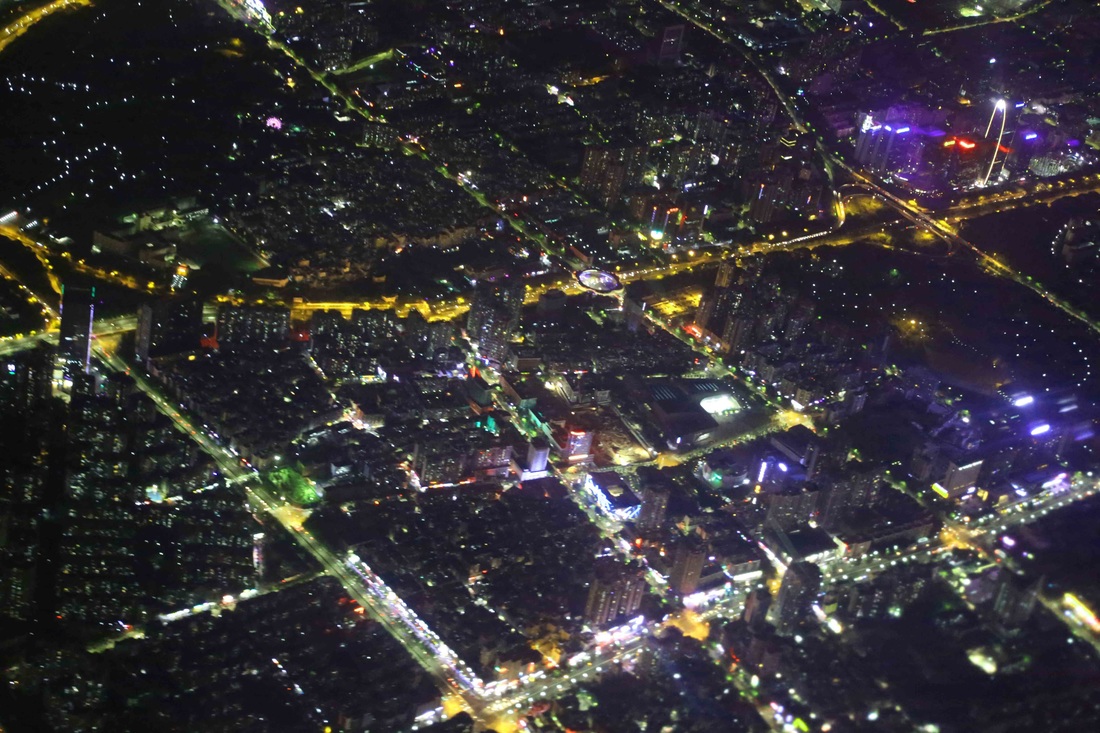
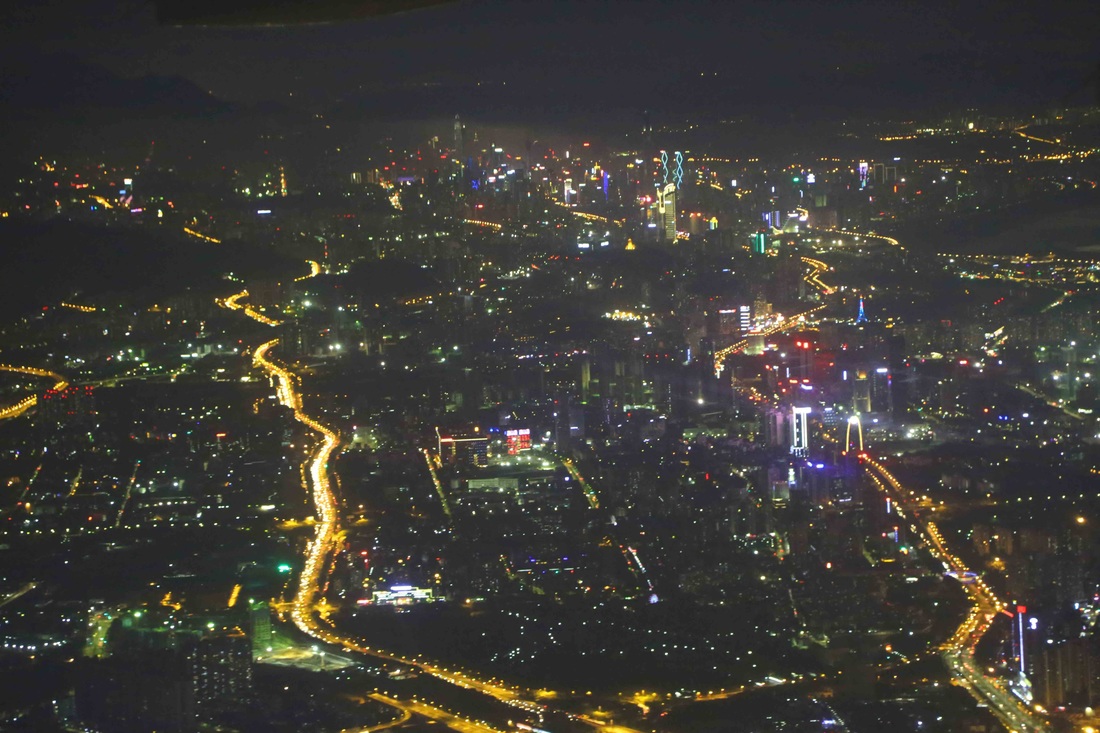
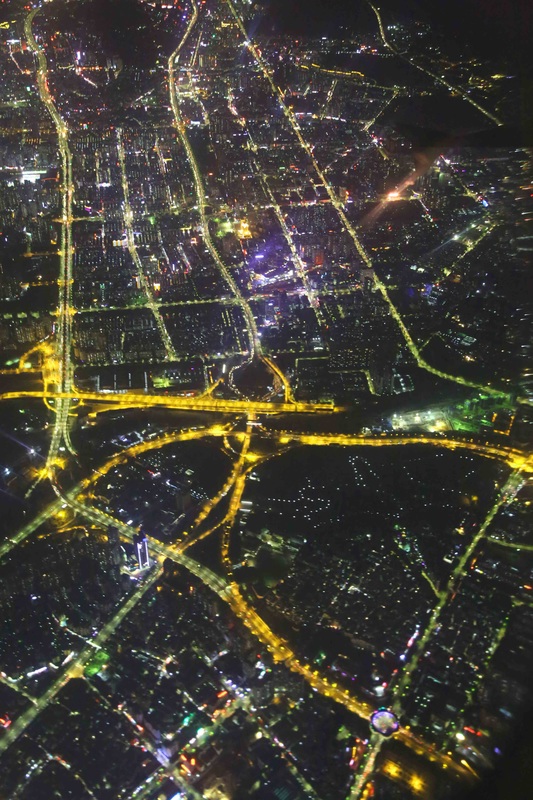
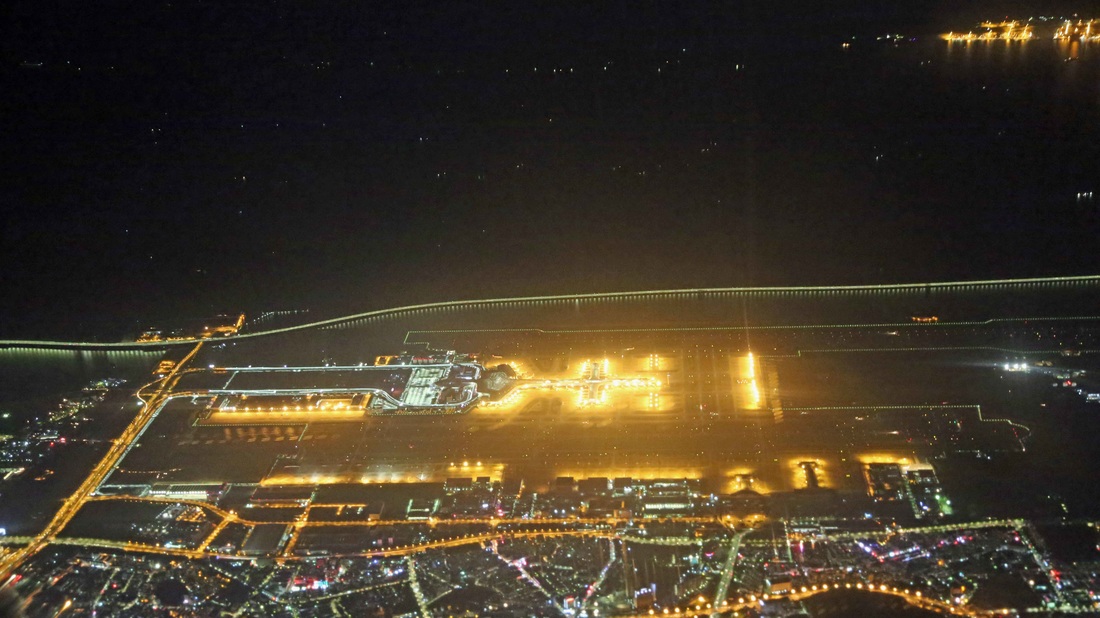
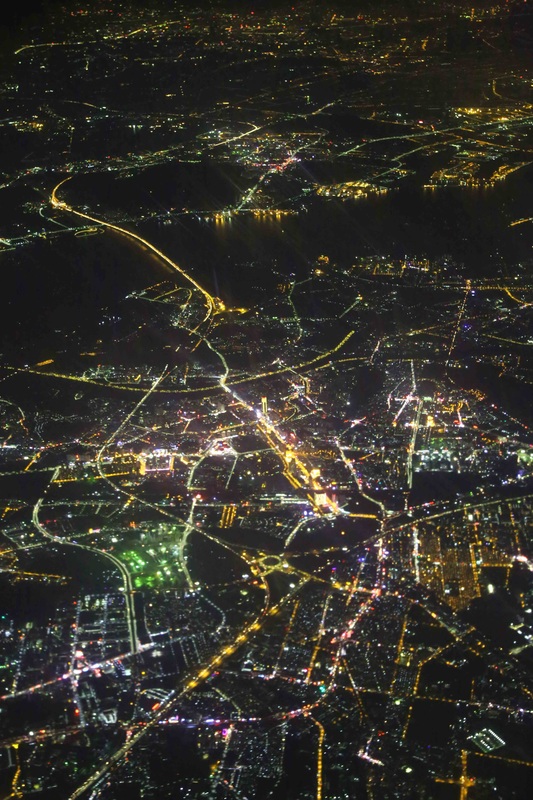
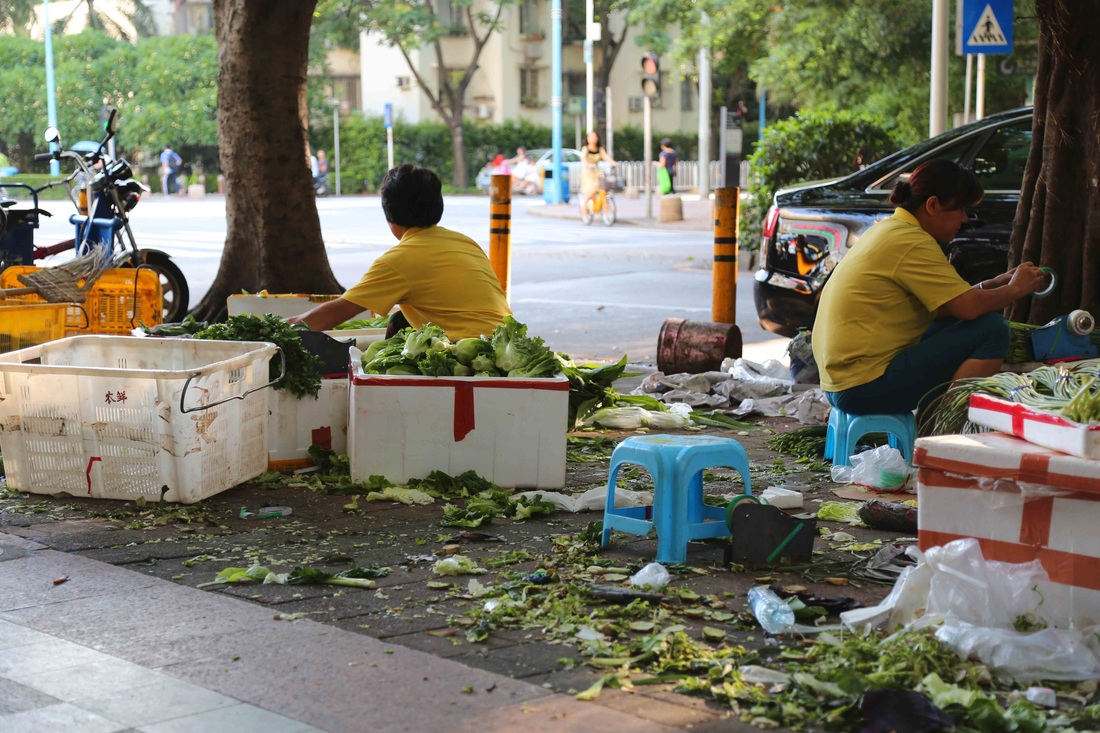
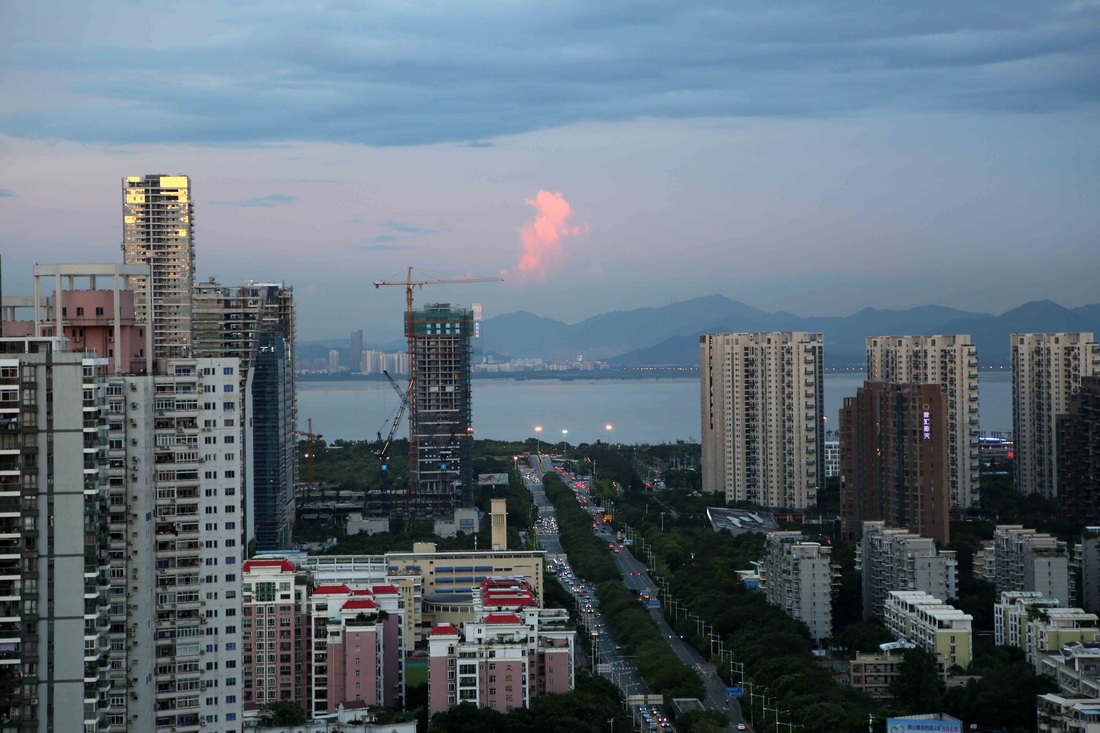
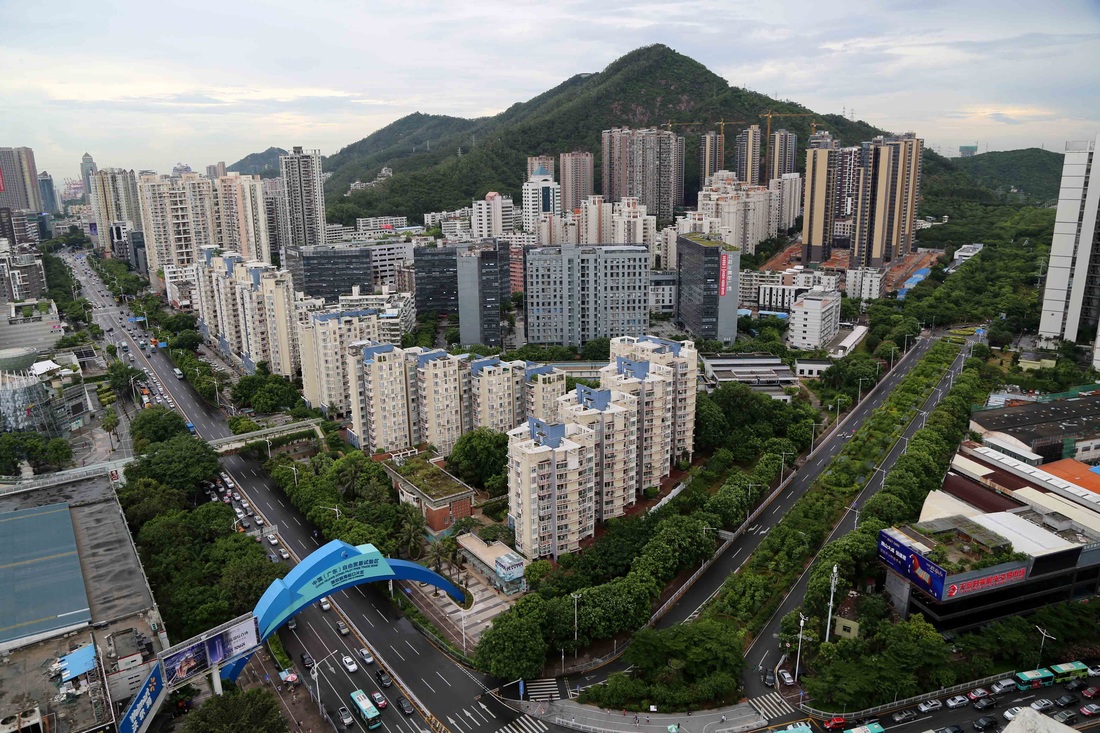
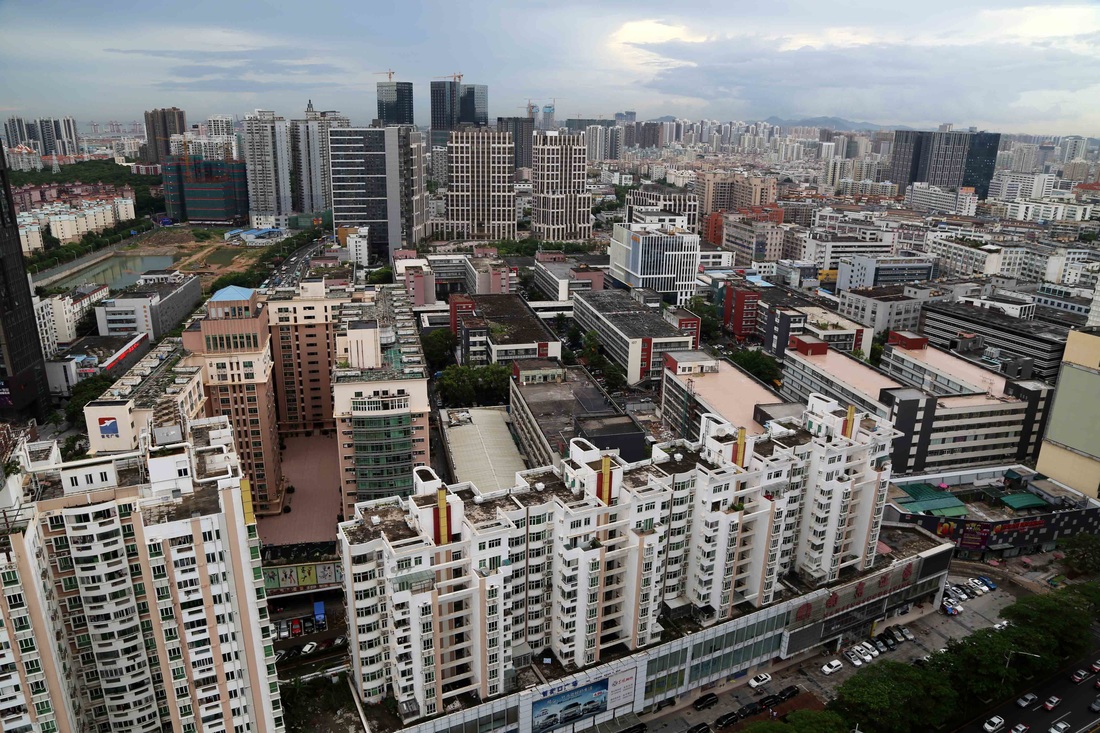
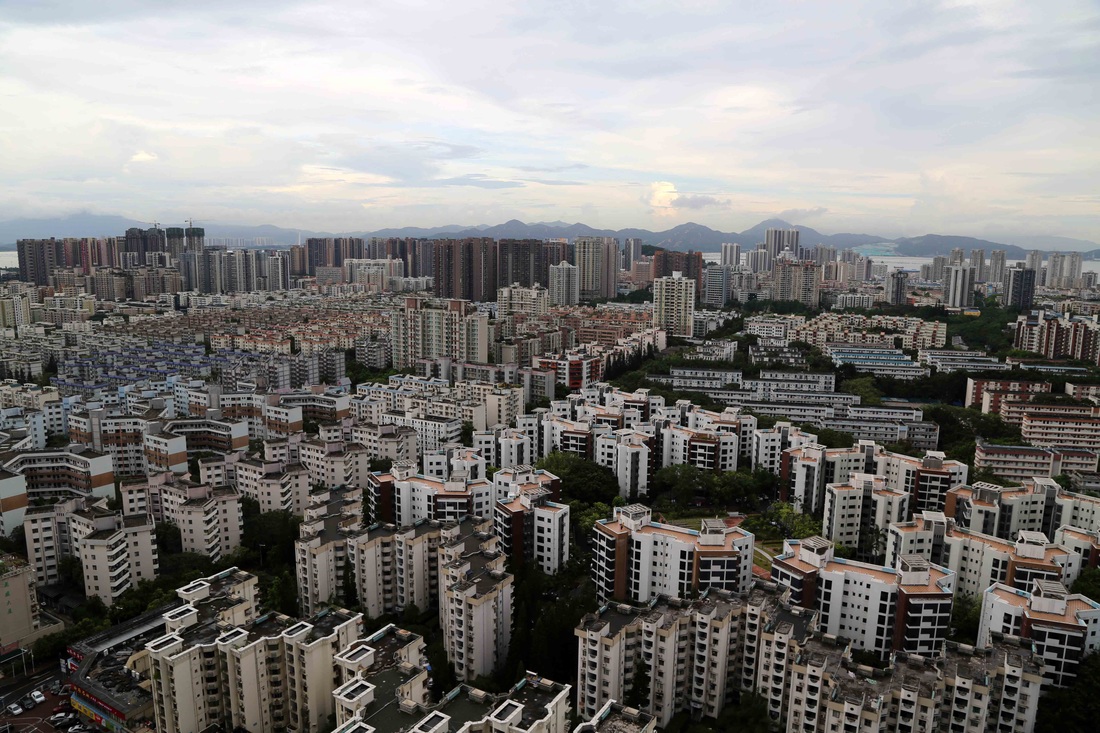
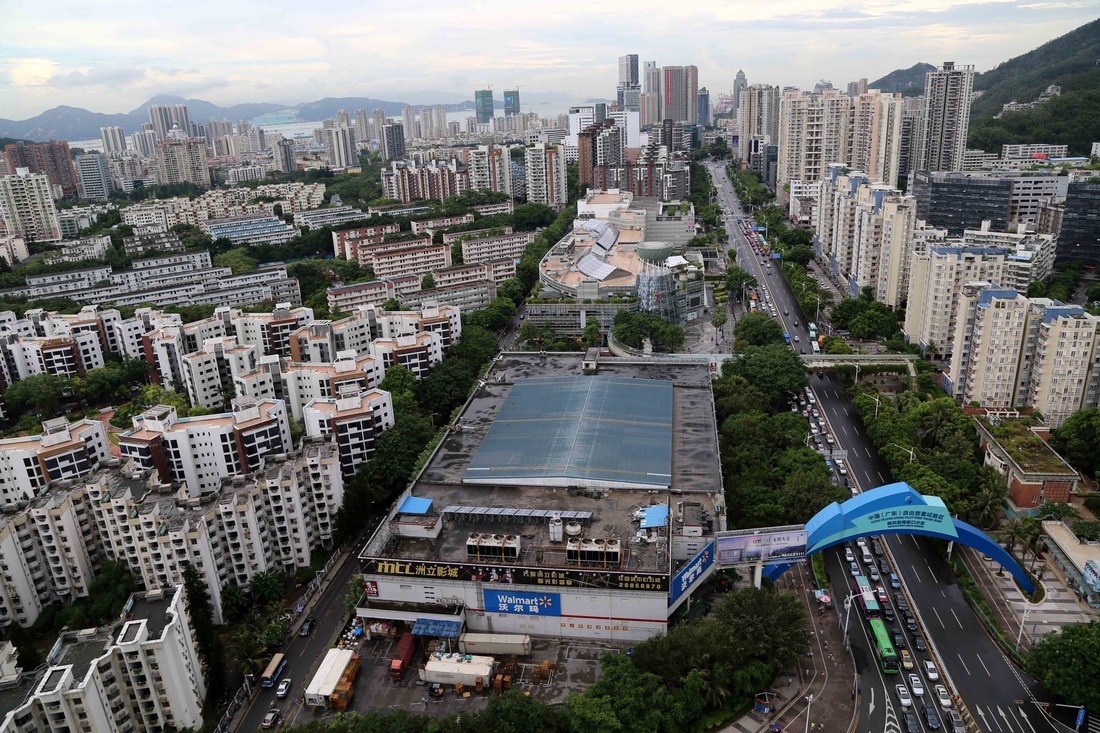
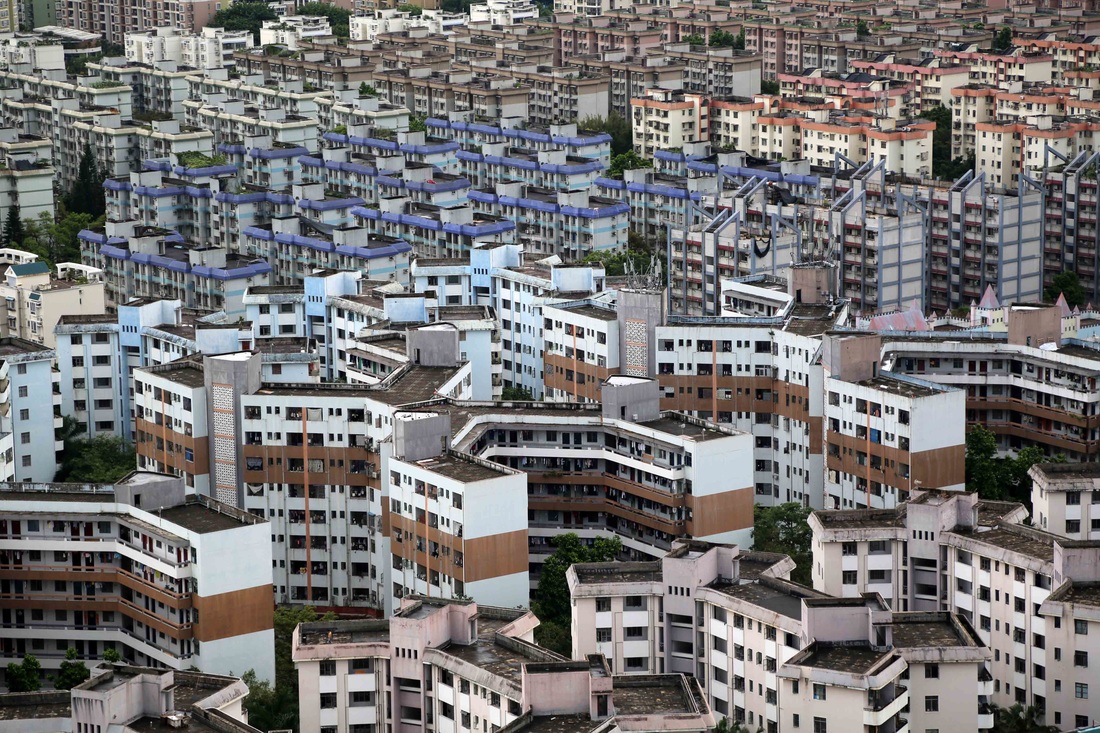
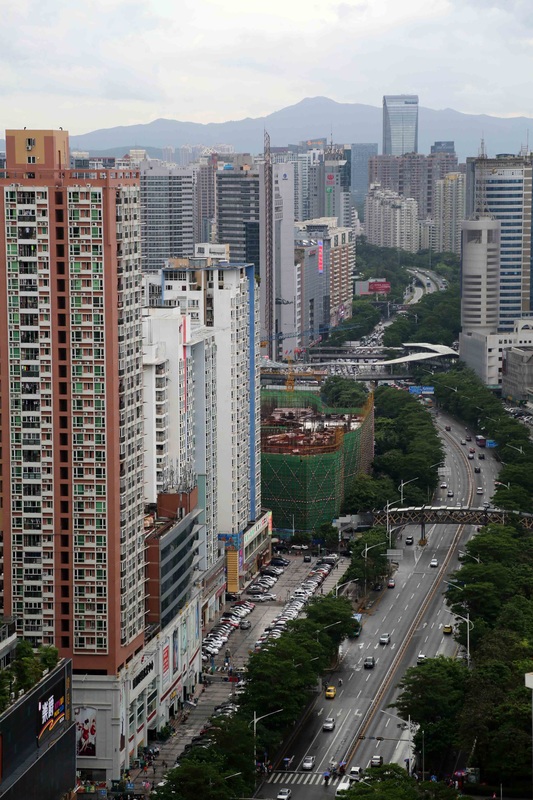
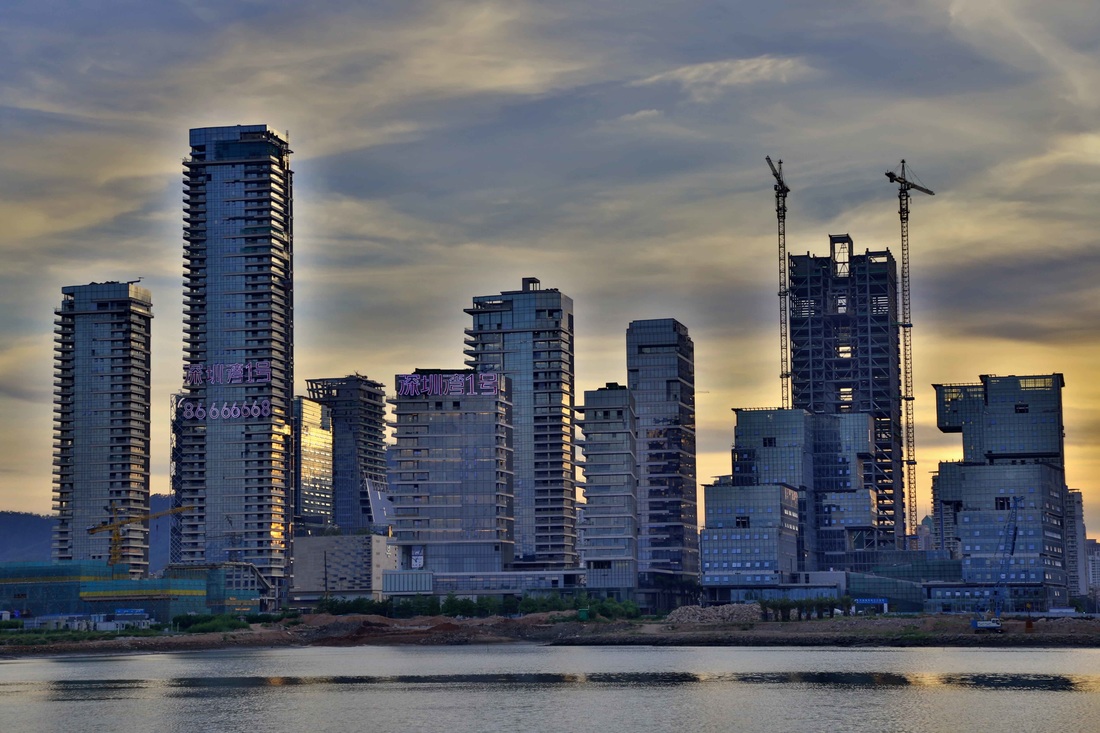
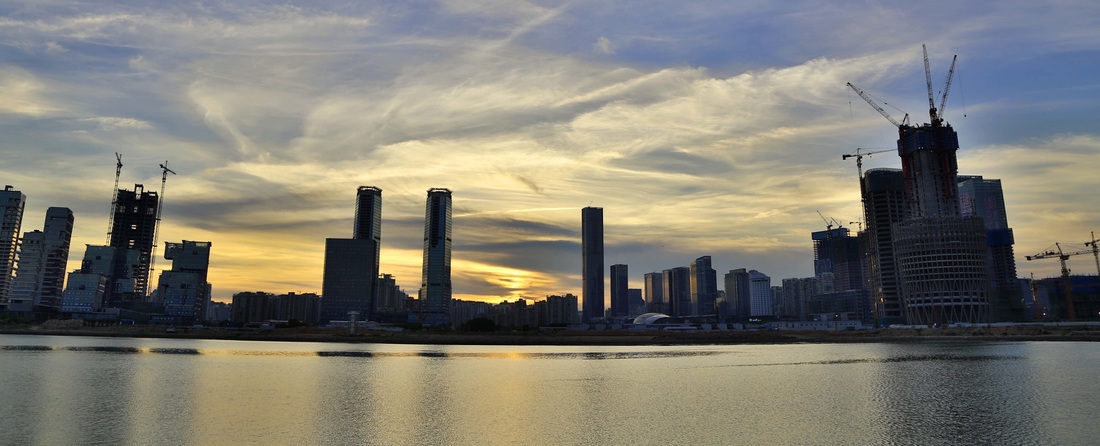

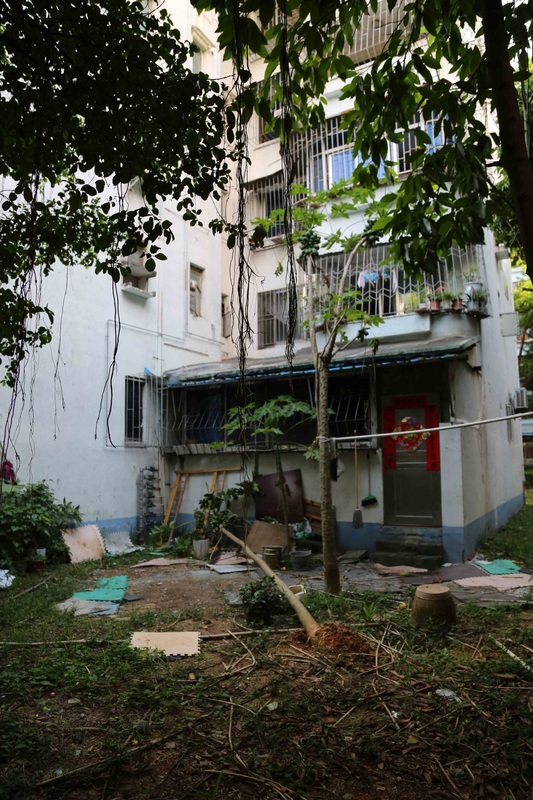
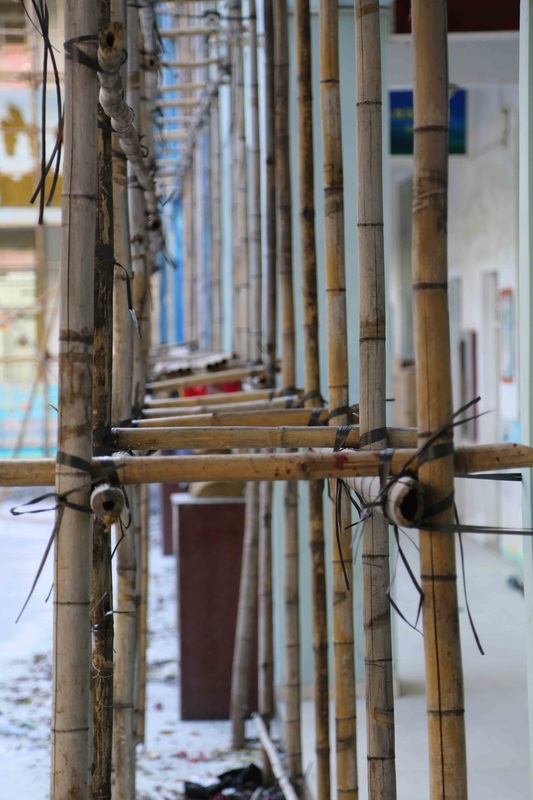
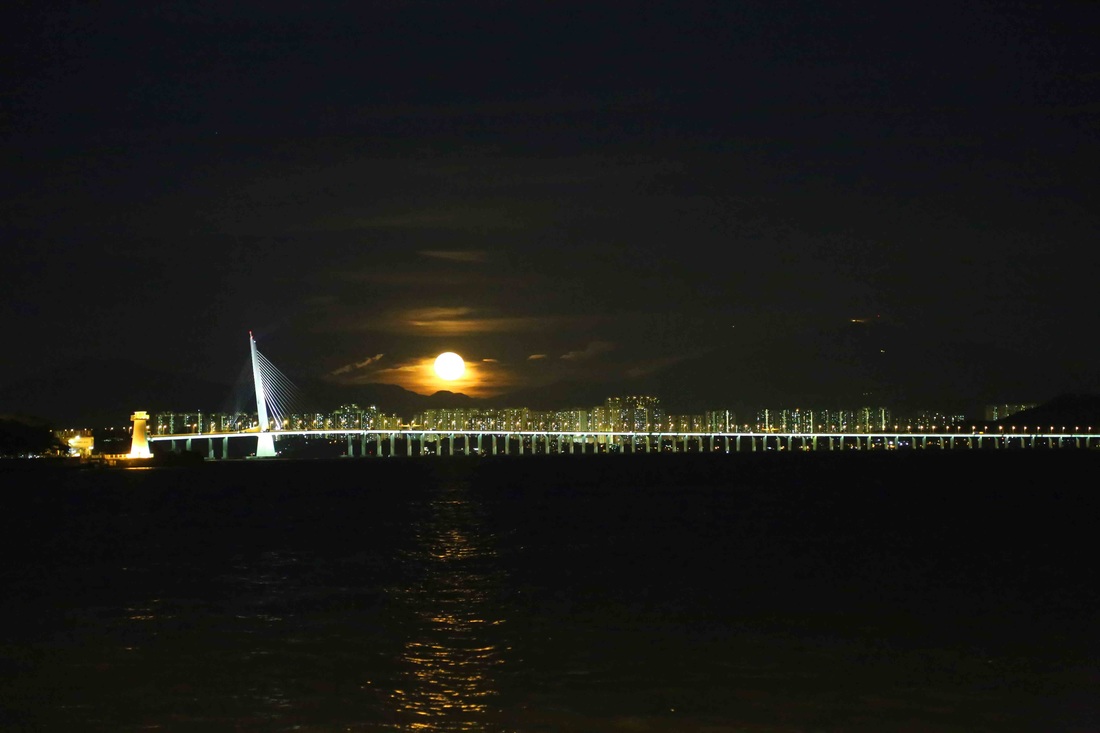
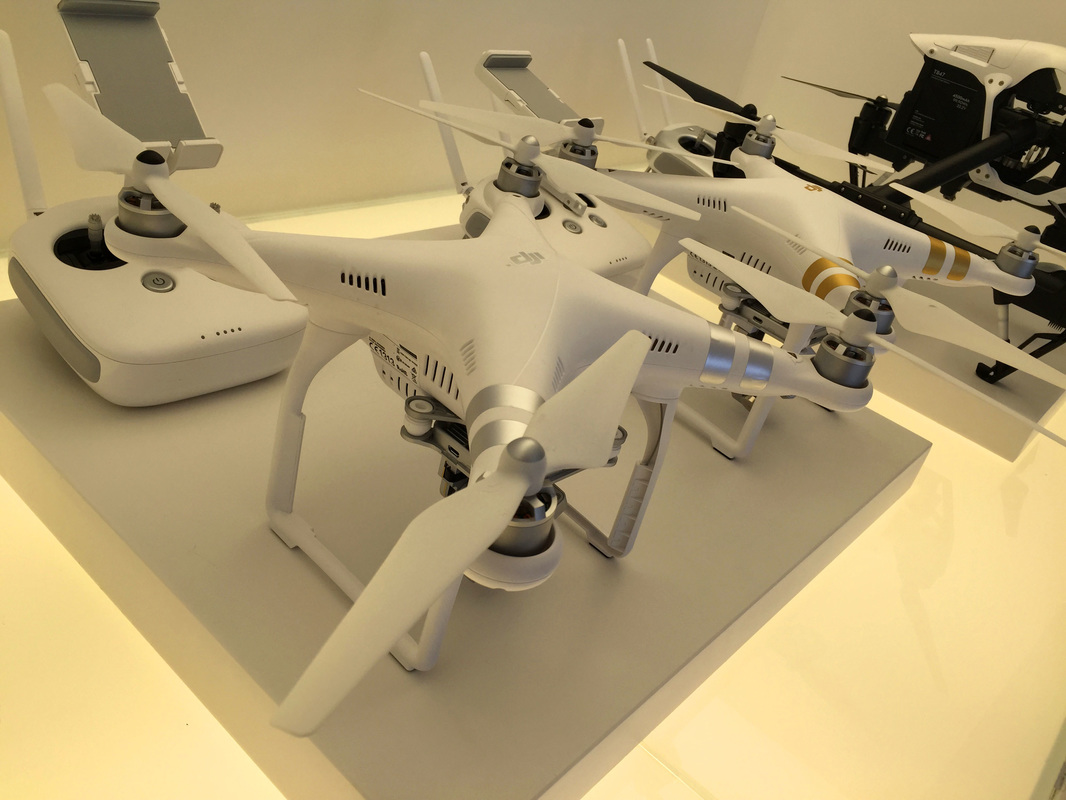
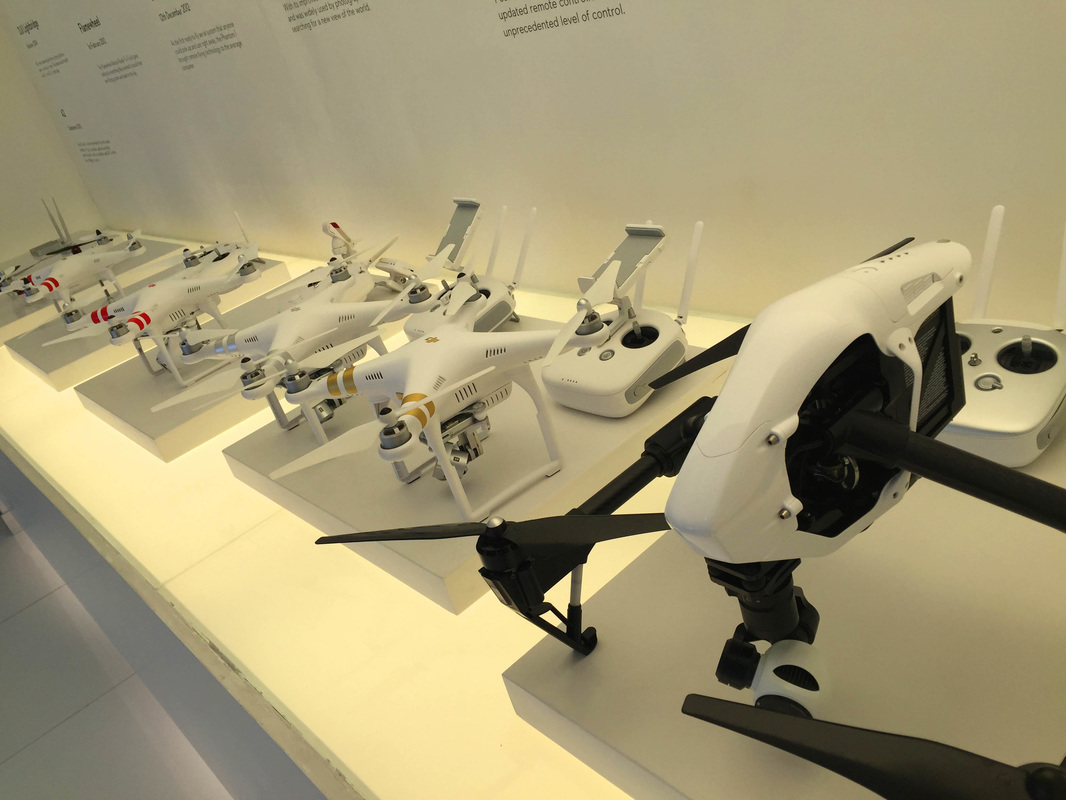
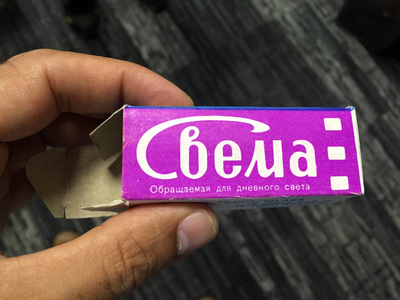
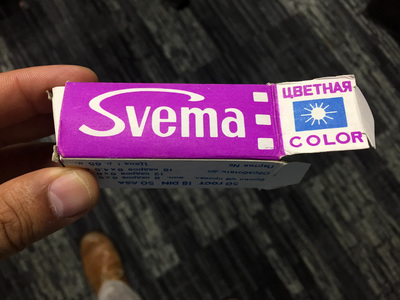
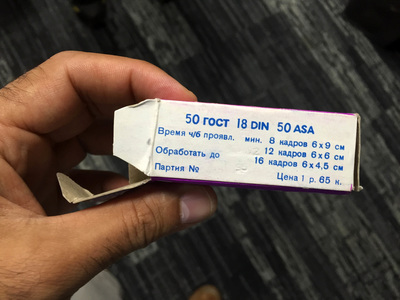
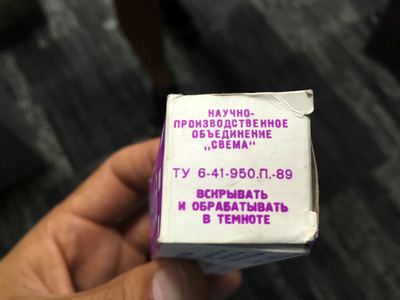
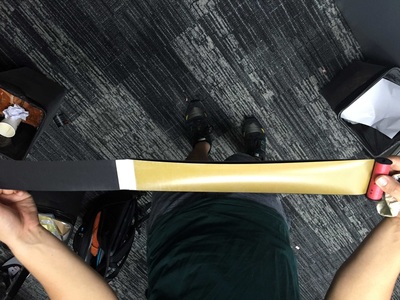
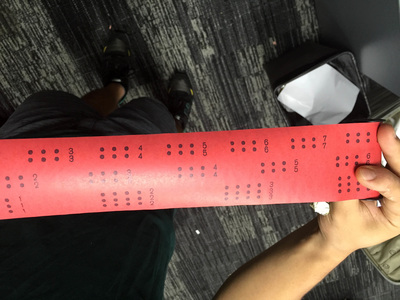
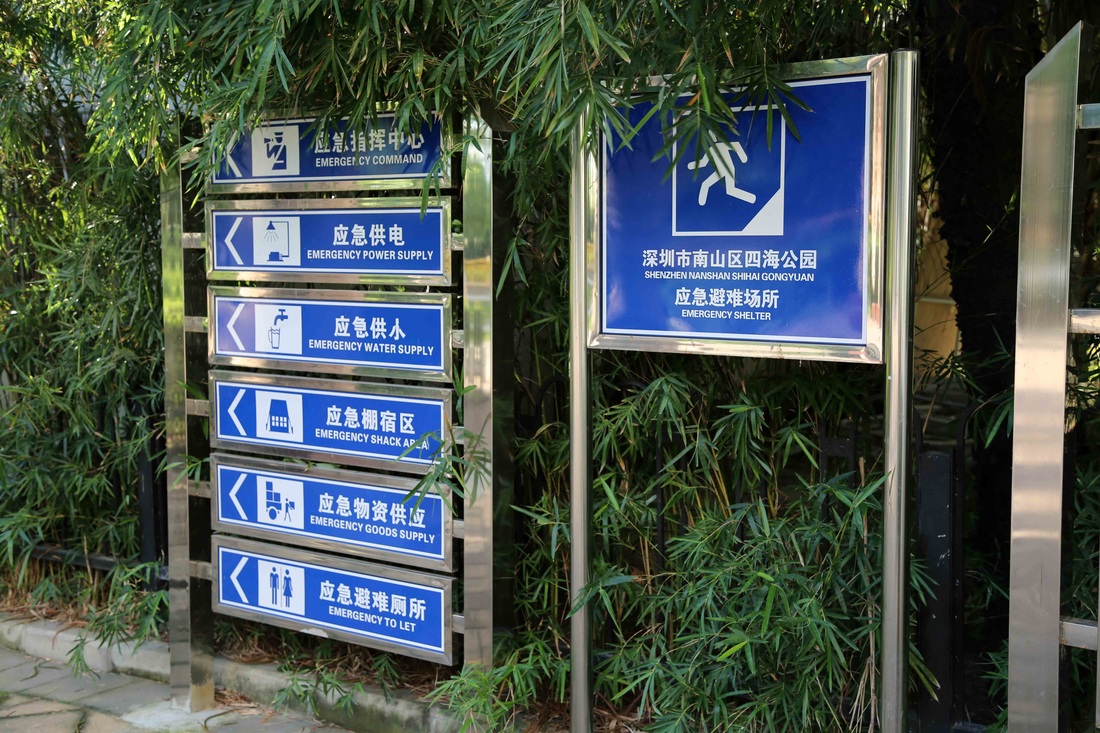

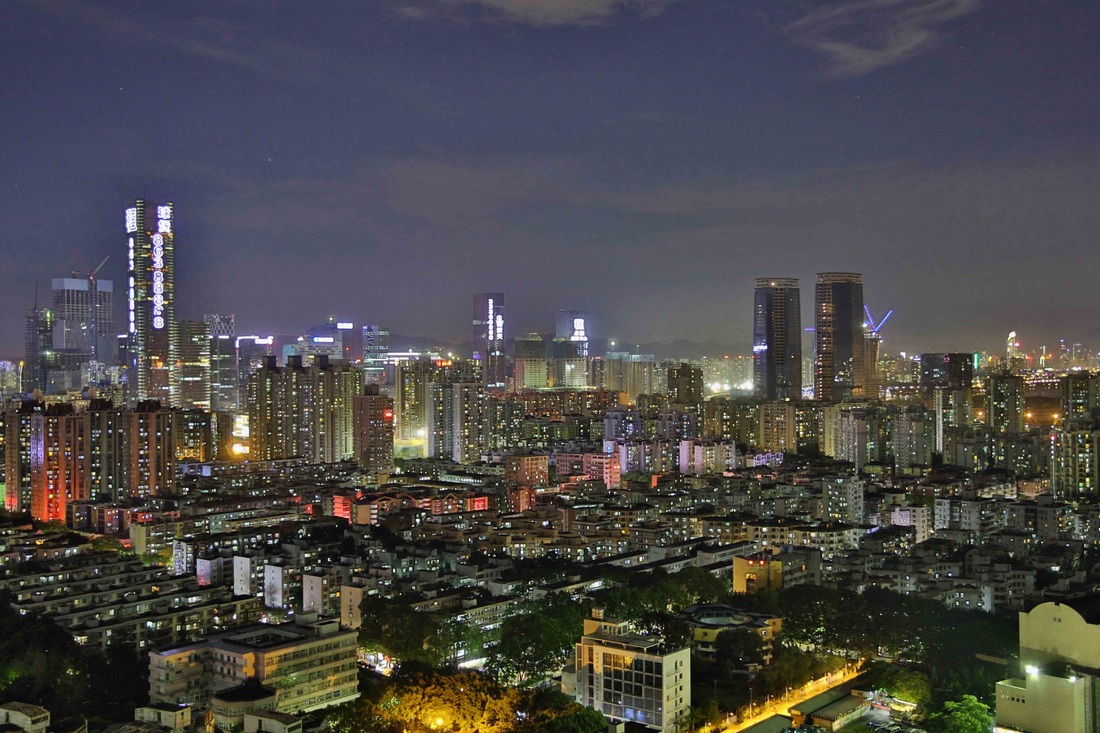
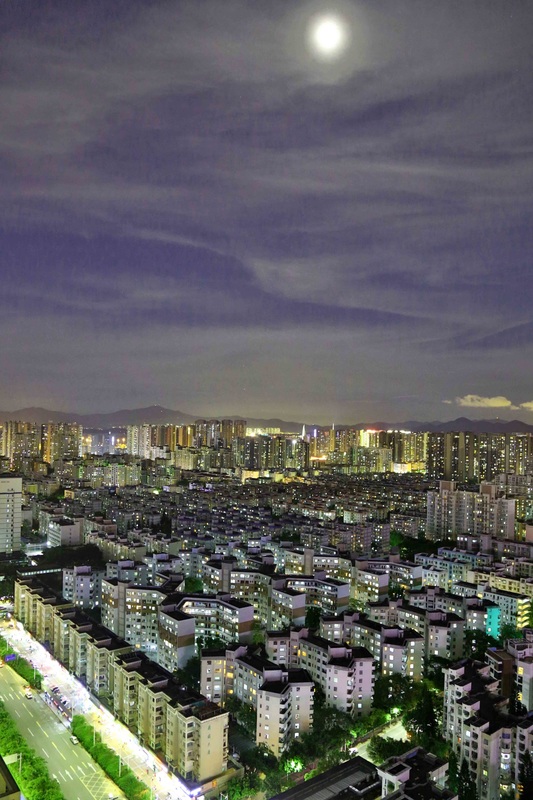
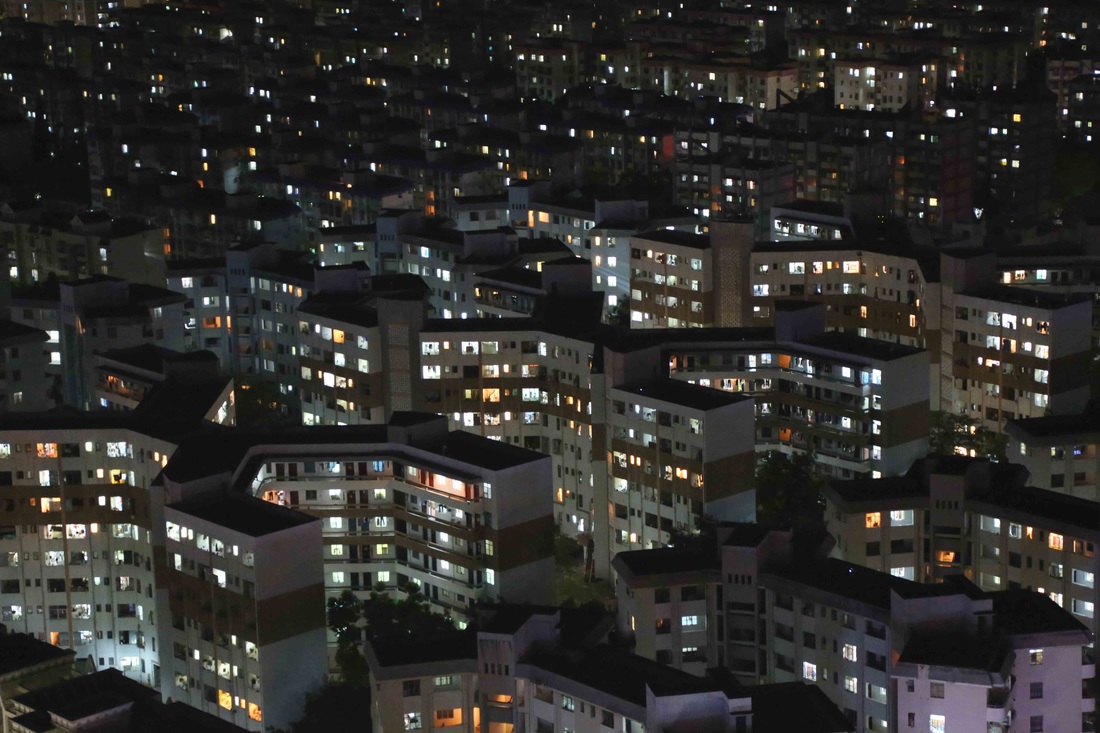
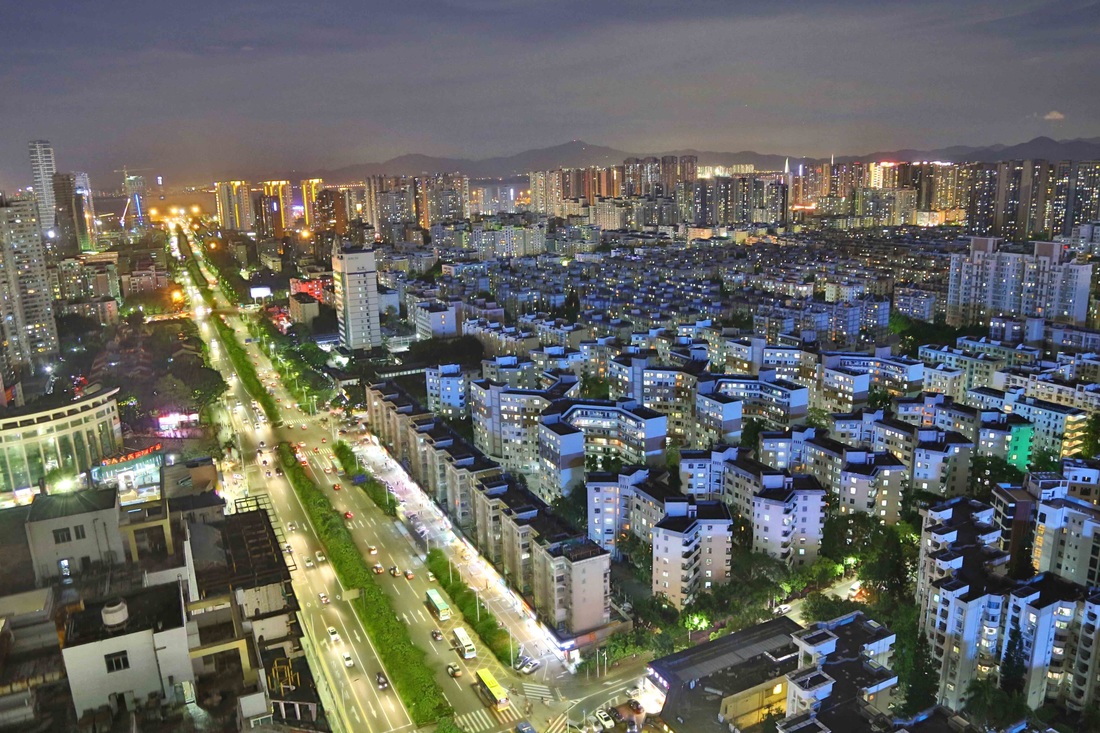
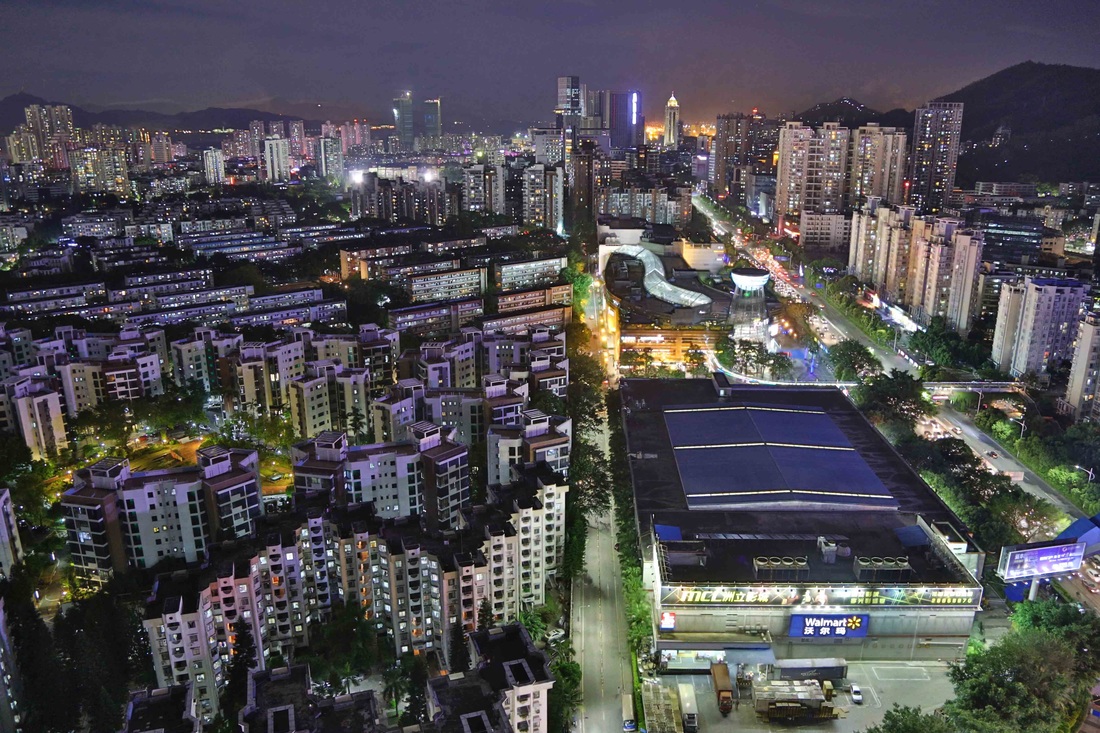
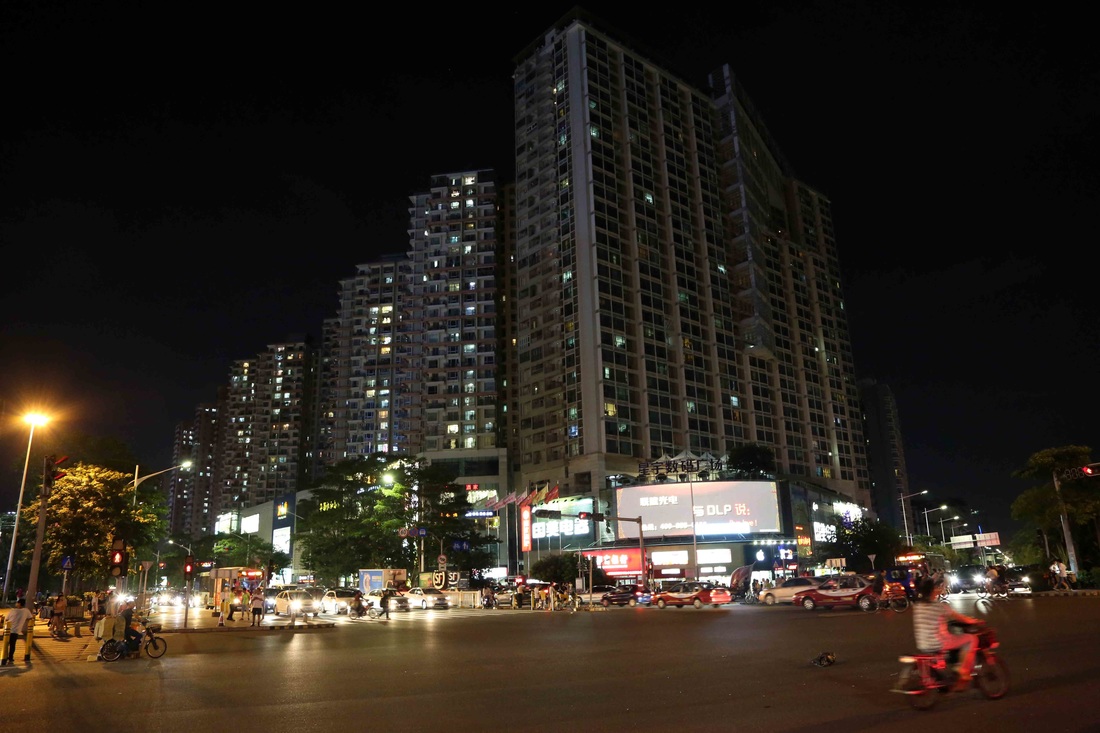
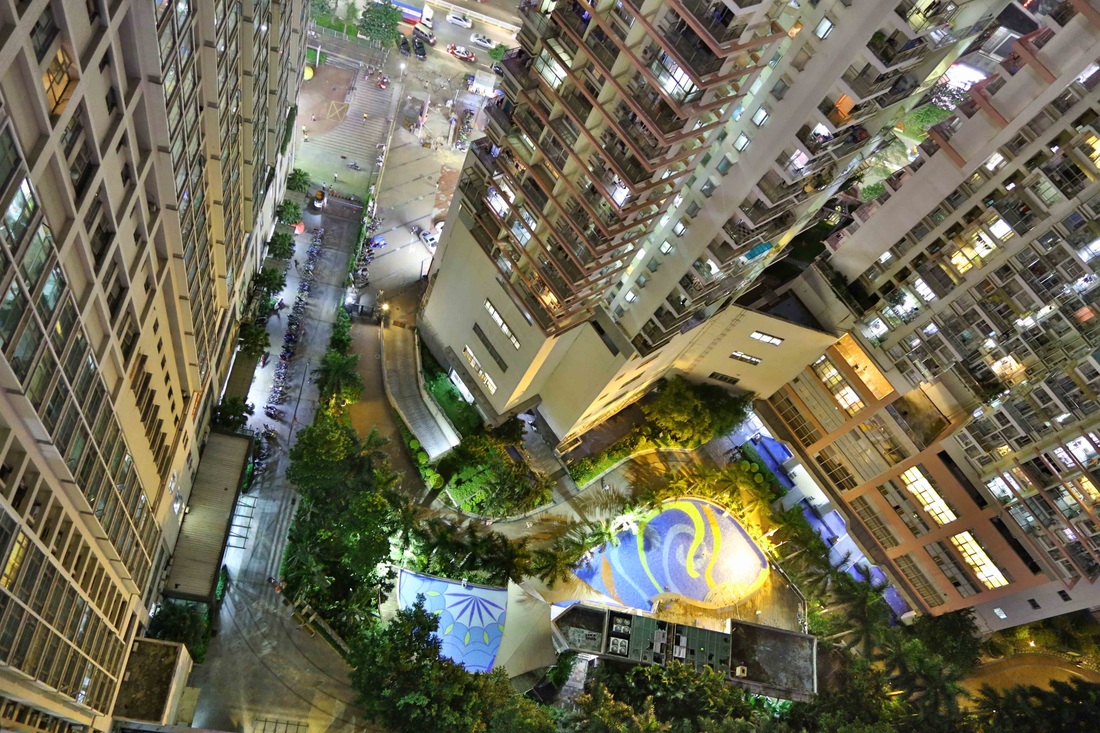
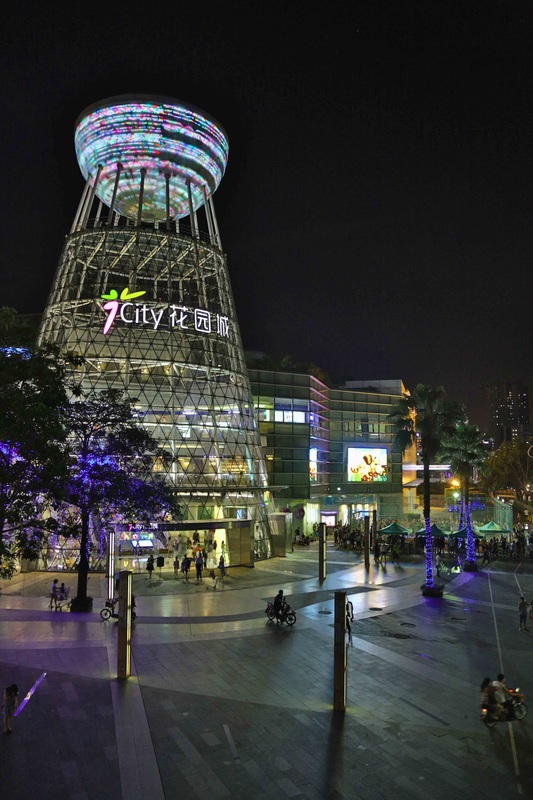
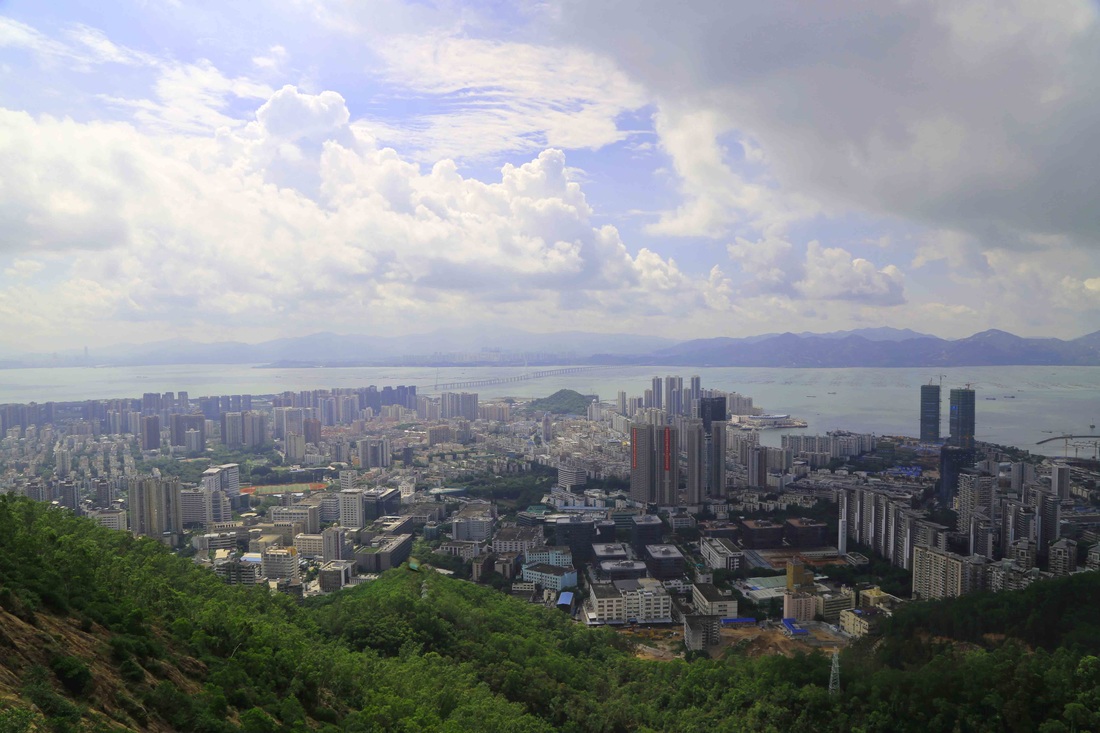
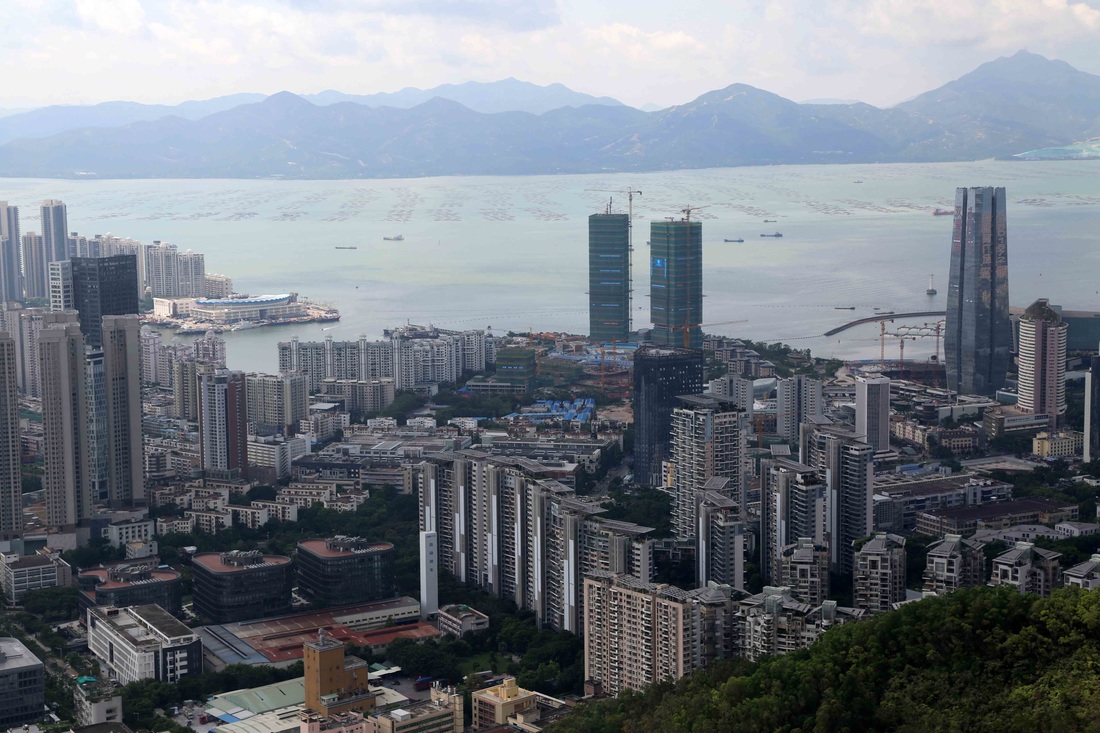
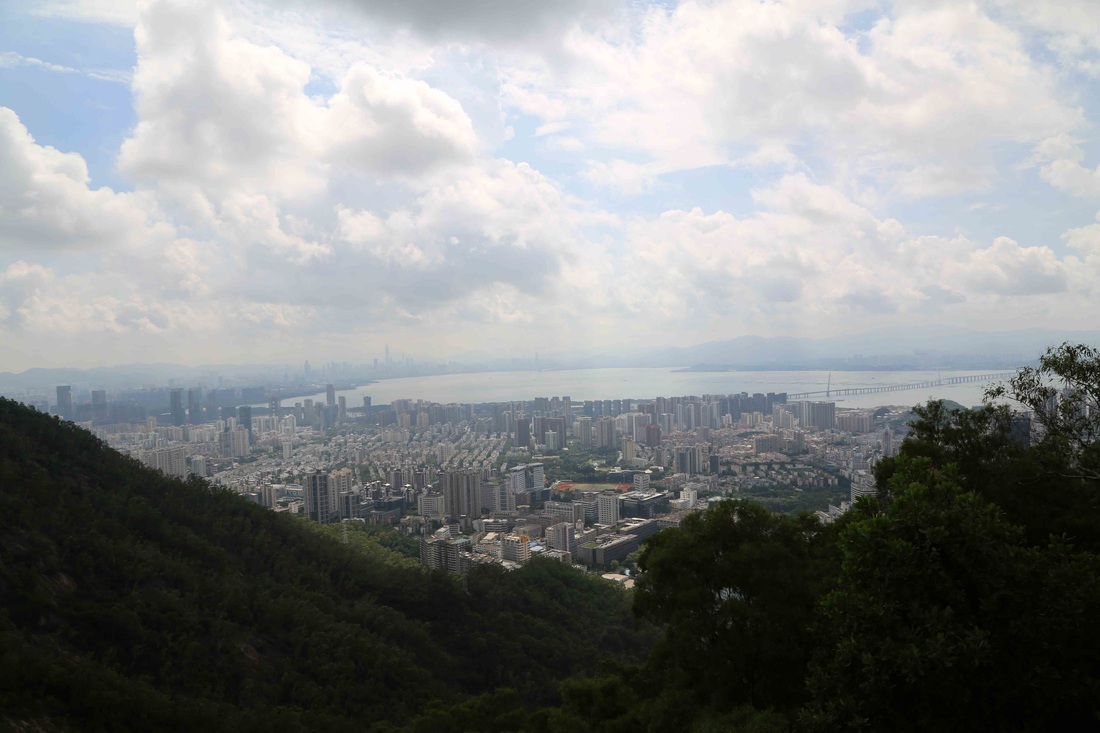
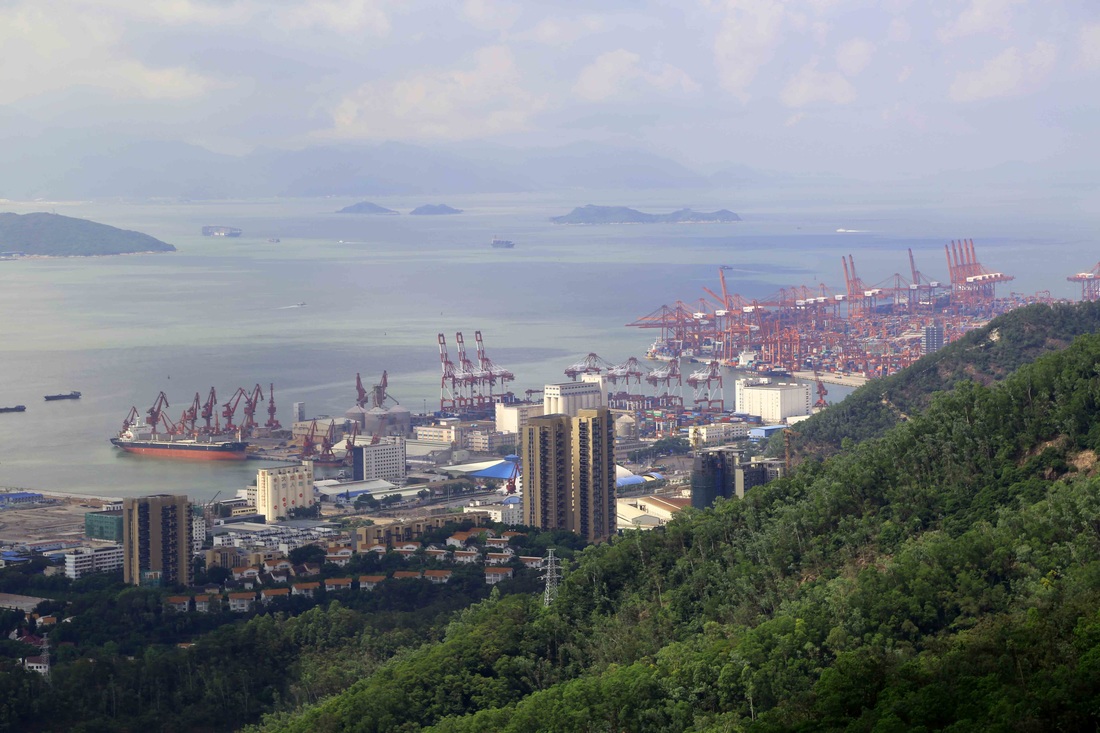
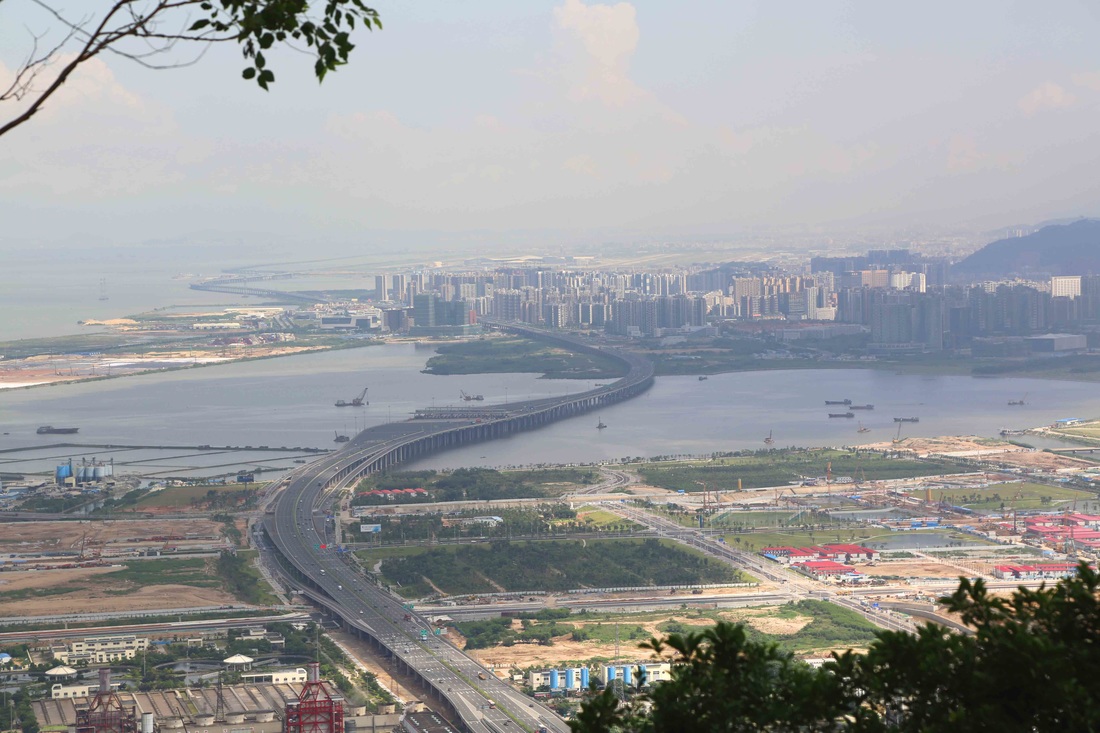
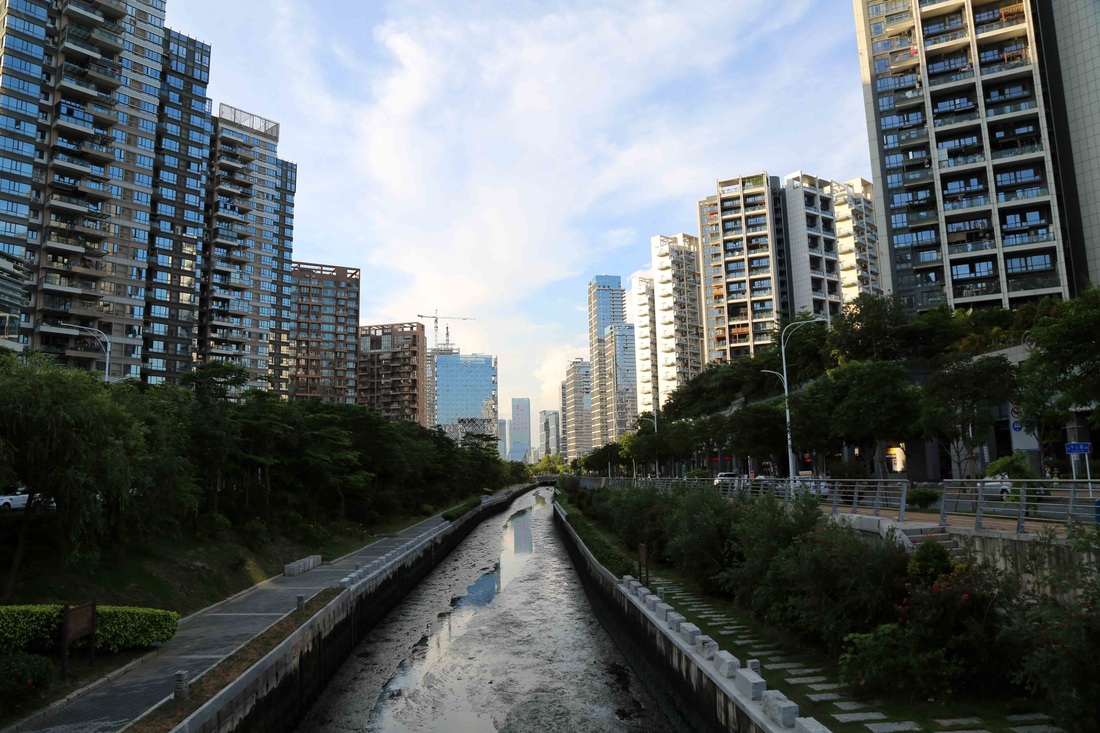
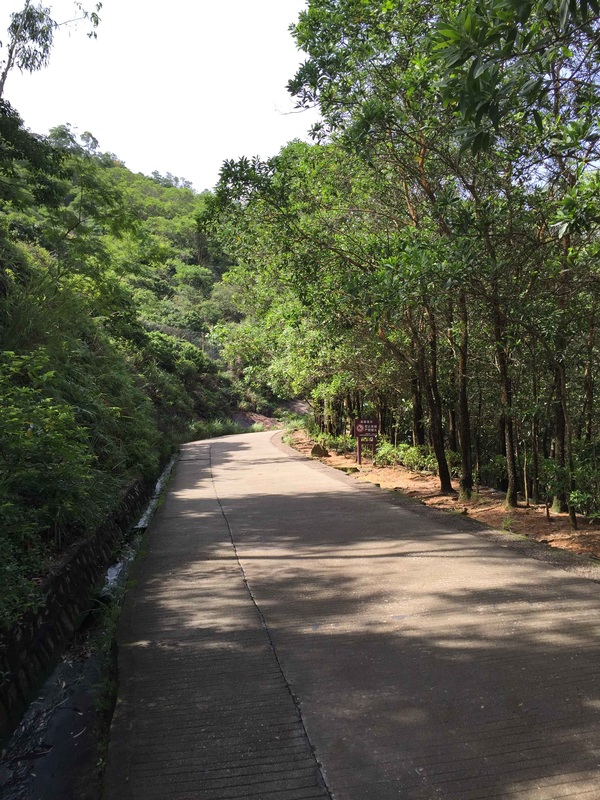
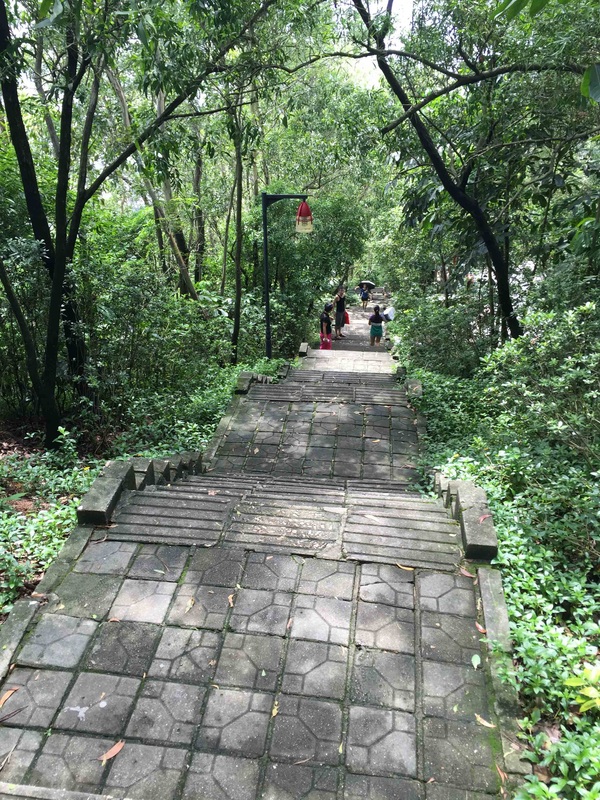
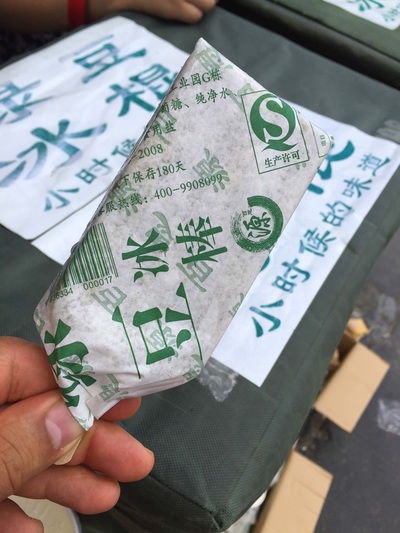
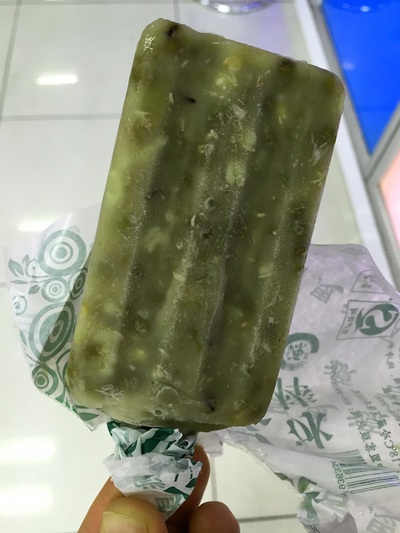
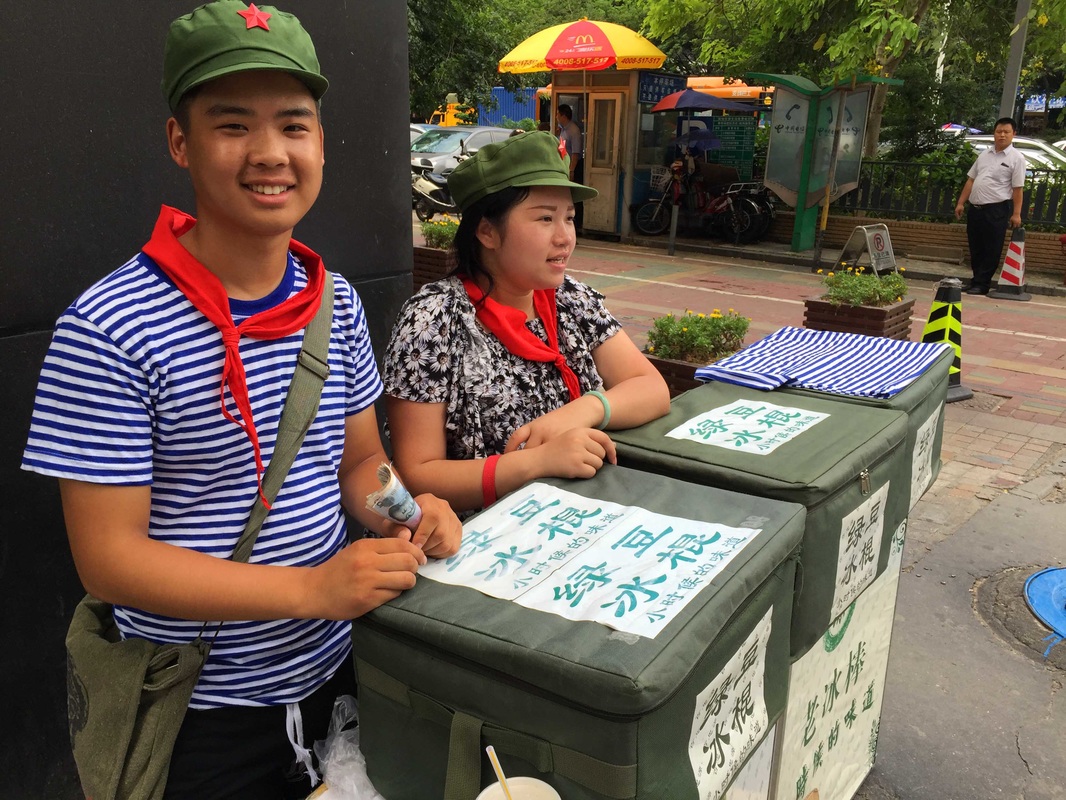
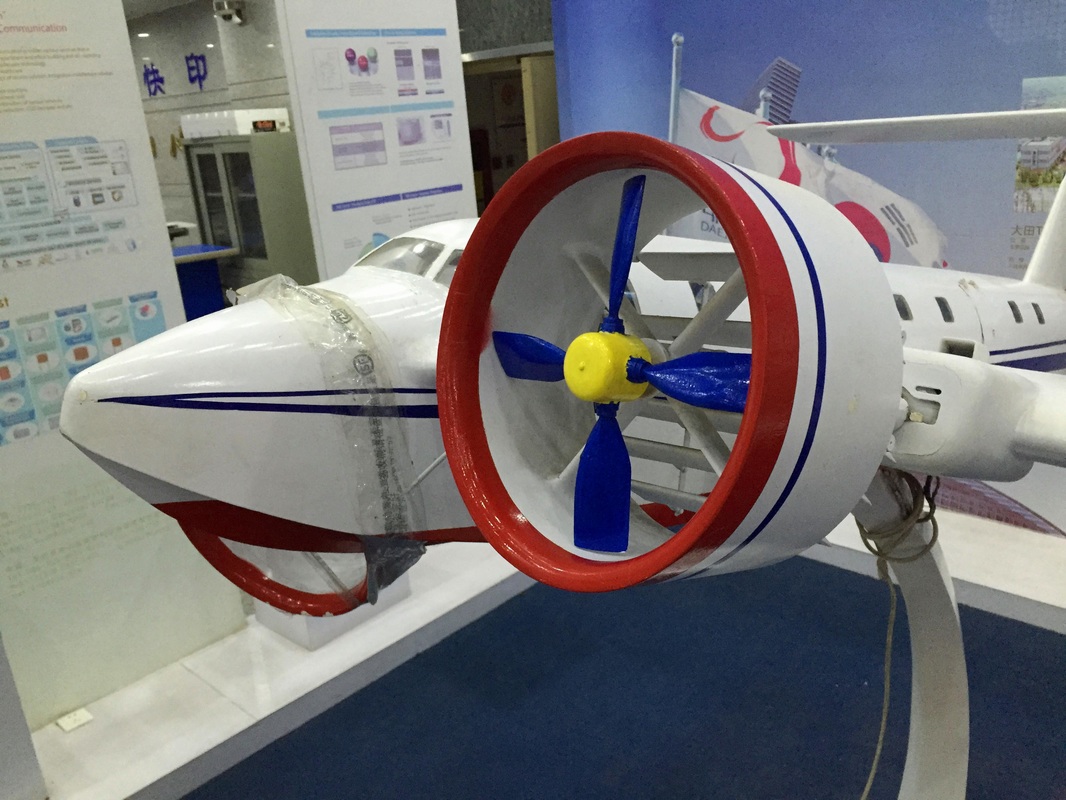
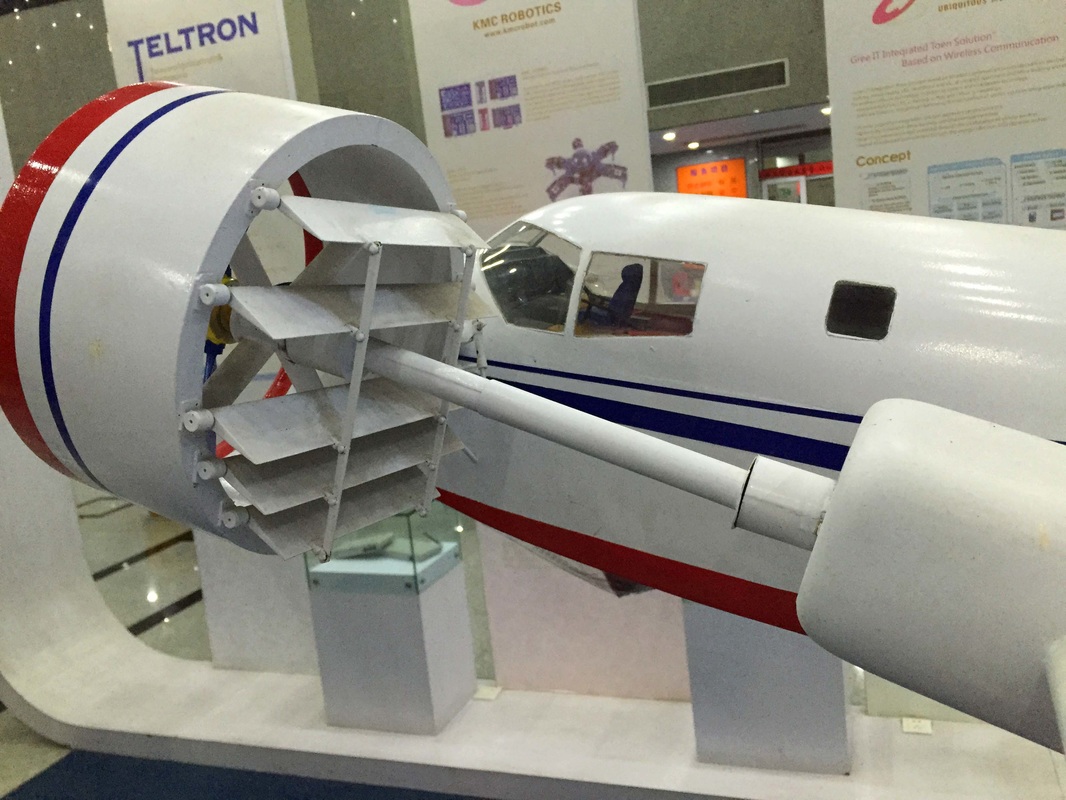
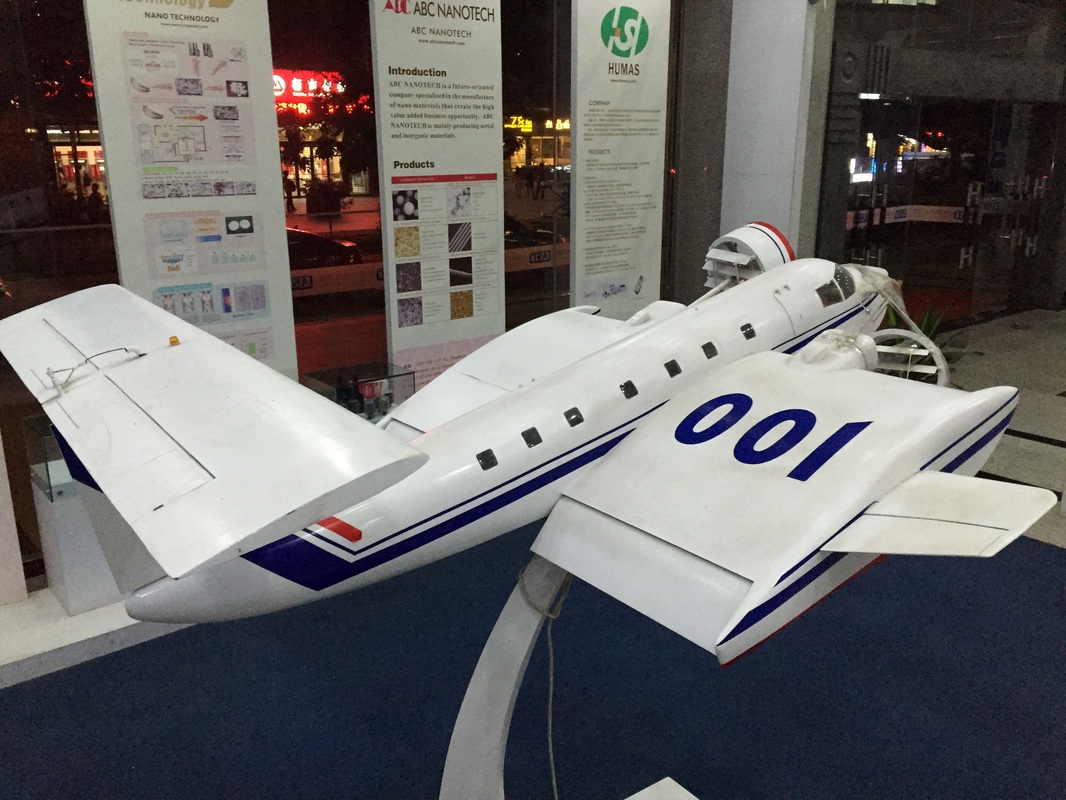
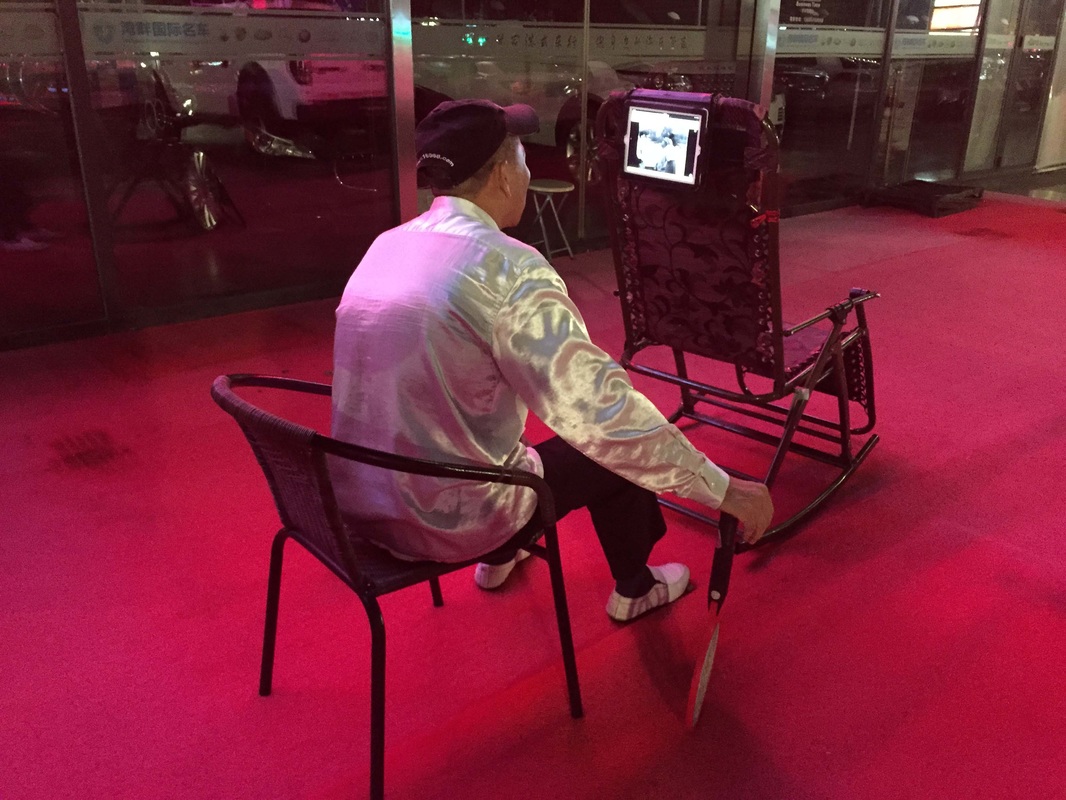
 RSS Feed
RSS Feed

